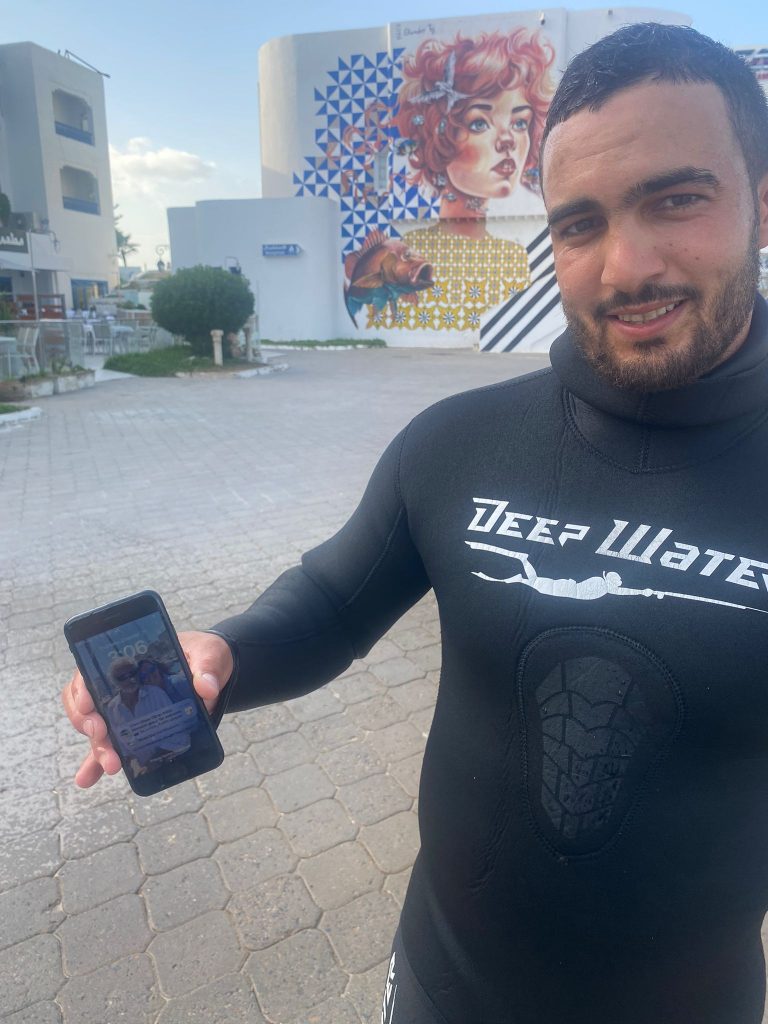
The night before we left Tunisia to fly home to the US, we were out with friends doing the round of goodbyes for the season. It wasn’t a crazy amount of drinking, two glasses of wine for a friend’s birthday, dinner was dry (Muslim restaurant) and then two gin and tonics to end the evening. Stepping up onto the boat, I managed to drop my bag and three things fell out……
Trip’s glasses luckily had hooked and were quickly rescued. His wallet hit the water but floated, and was quickly rescued. My phone, however (sans case because it was creating an issue with photo quality), sank quickly, screen side up with the image of Trip and I on the Home Screen waving at us.
Trip put on his dive weights and tried to dive for it, but the murk in the water (ick) and the time of night (1 am) made it impossible to find. So he showered and we caught a few hours of rest before the bus picked us up for the ride to the airport.
At the airport I had a sudden thought – to hire one of the marineros at the marina to dive for the phone. We knew they dove (one had rescued a fellow cruiser’s bike that went swimming a few weeks earlier) and were not crazy expensive (50 dinar – $17. We contacted a friend at the marina and asked him to make arrangements.
By the time we had landed in Istanbul for our layover, we had received a picture from another cruiser of Mohannet, one of the marineros, holding my phone. The Home Screen was still lit – it still worked after 12 hours in the gross marina saltwater!
Our friend Mark got hold of the phone and managed to download all of my photos (none of which I had taken that season were backed up) before the phone died. Then the next bit of drama commenced.
I do a presentation for our local Historical Society about our travels each season, so we needed to get those pictures. The Tunisian postal system is notorious for either delivering outrageously late or not at all.
Fellow cruisers were off to France for a holiday from Tunisia, so Mark put the photos on a USB stick and sent it off with them. Chris and Christine messaged us to say they had not been able to send the package from Paris (grumpy postal employees), but that they were successful later in their trip.
Unfortunately at that point we started getting suspicious text messages stating that our package could not be delivered. It turns out postal workers sell legitimate data to scammers who try to trick you into clicking on counterfeit links (special place in hell for you folks). Our local post office was no help whatsoever, simply telling us that the package was in the system somewhere between France and the US with no further detail.
We arranged for a second USB stick to be sent with another fellow cruiser leaving for the US. Luckily, the first USB stick arrived a few days later, we edited the pictures, I was able to do my presentation, and all was right in the world again.
Thank you Mohannet! Thank you Mark! Thank you Chris & Christine!

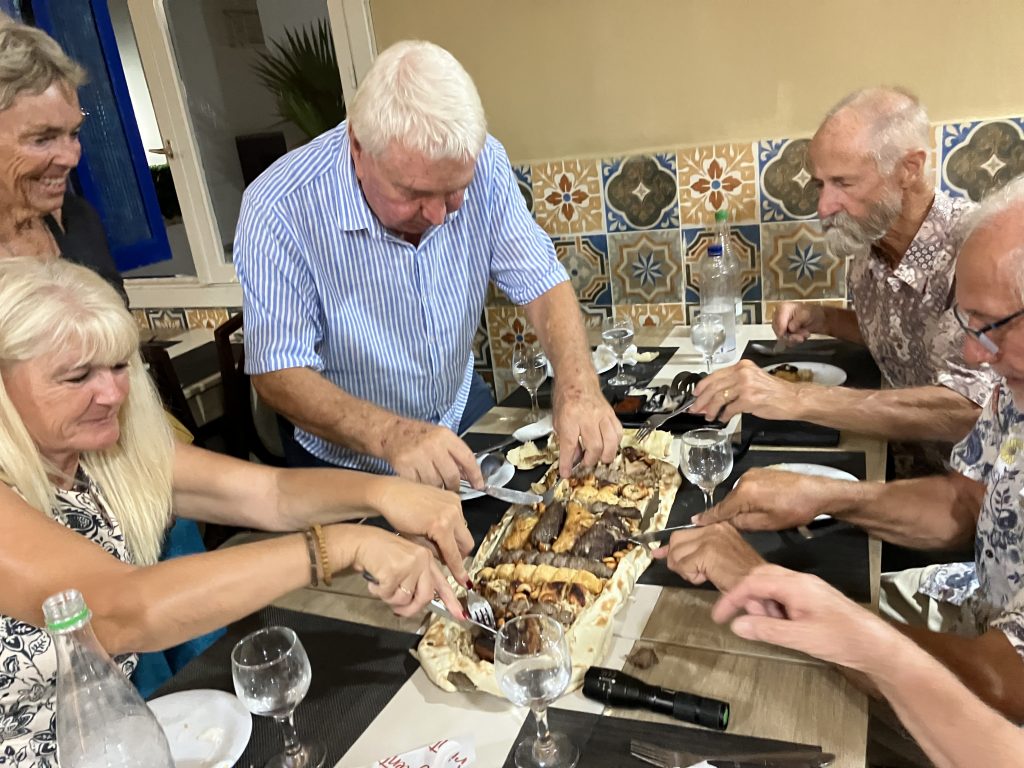
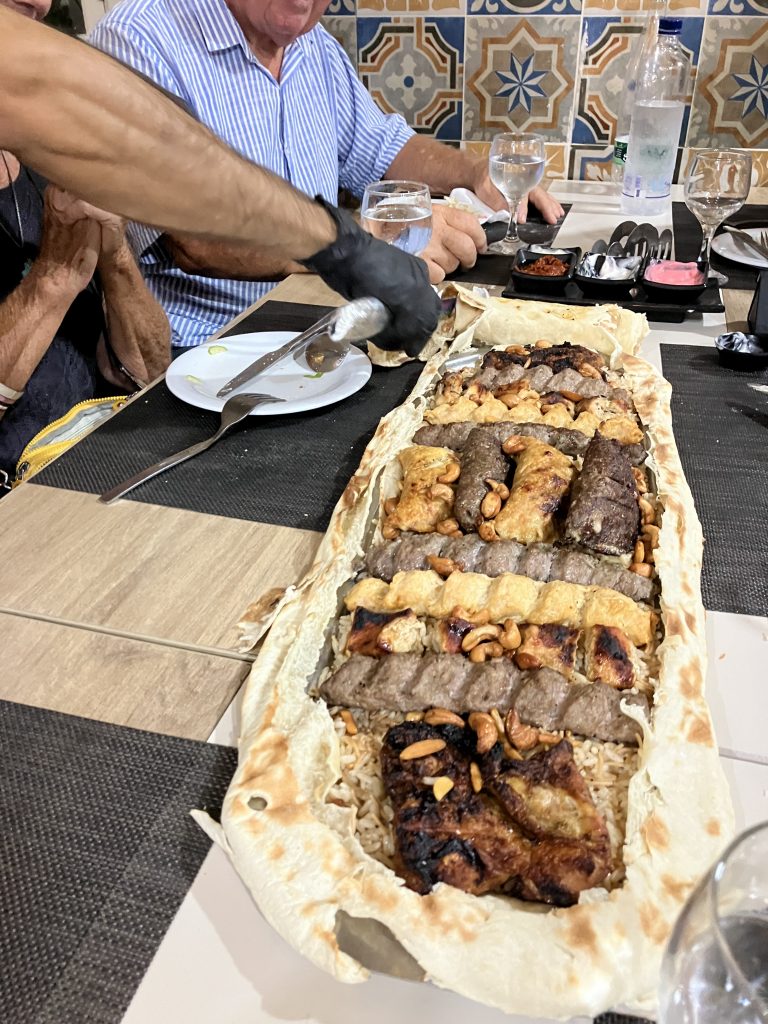
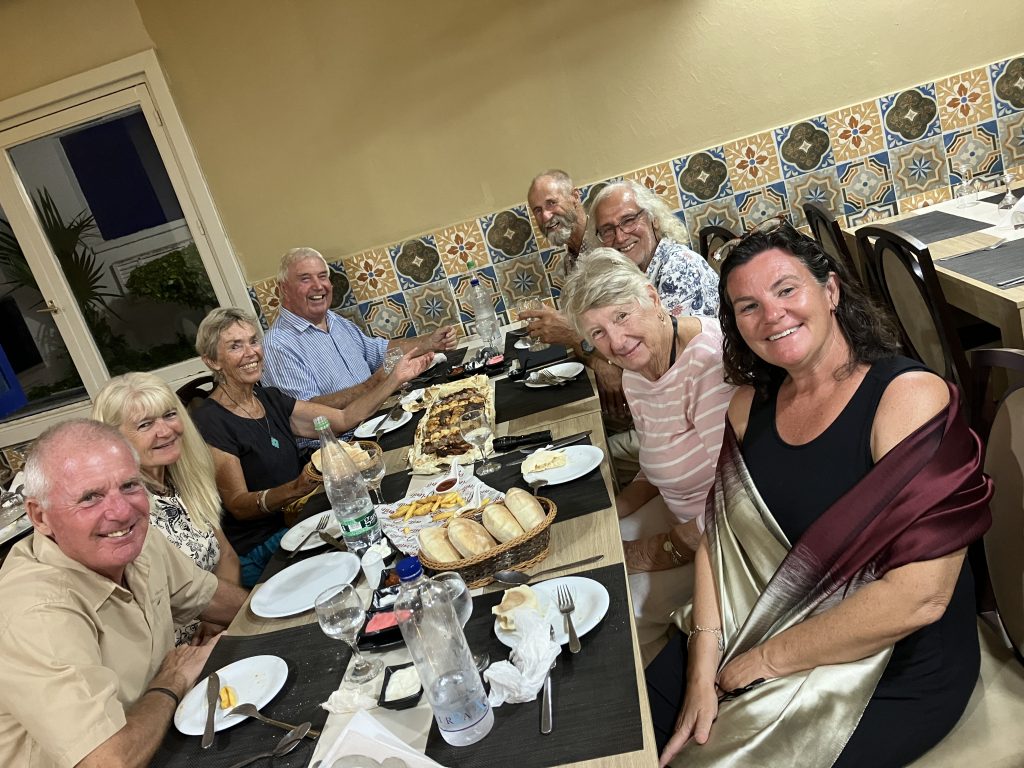
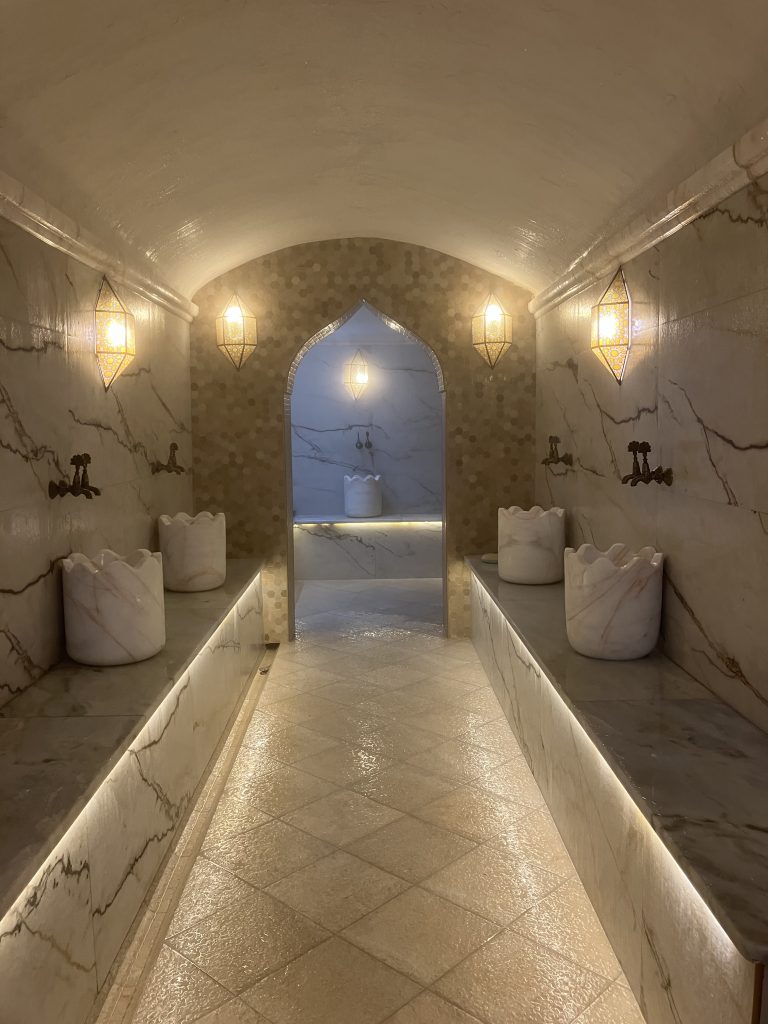
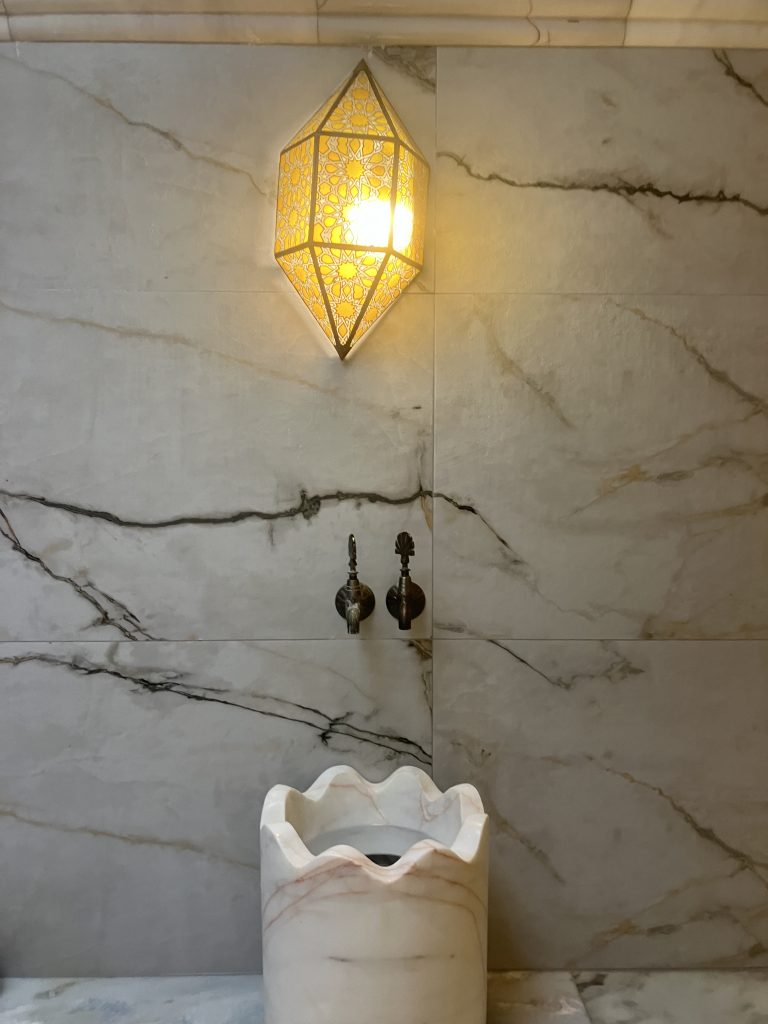
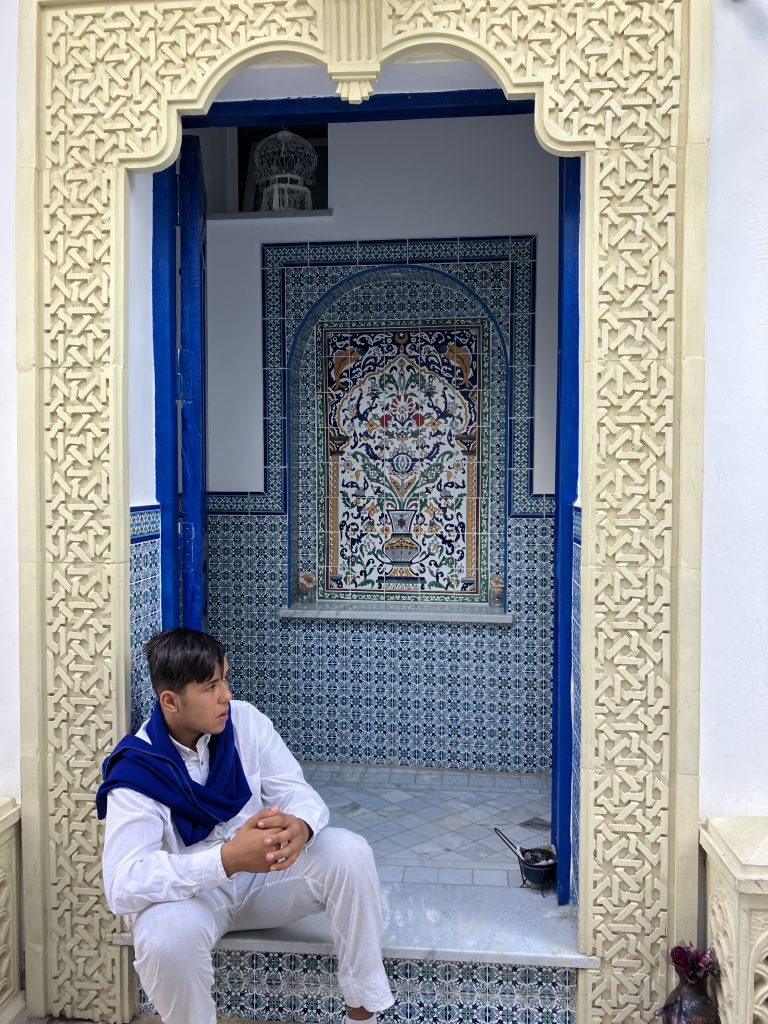
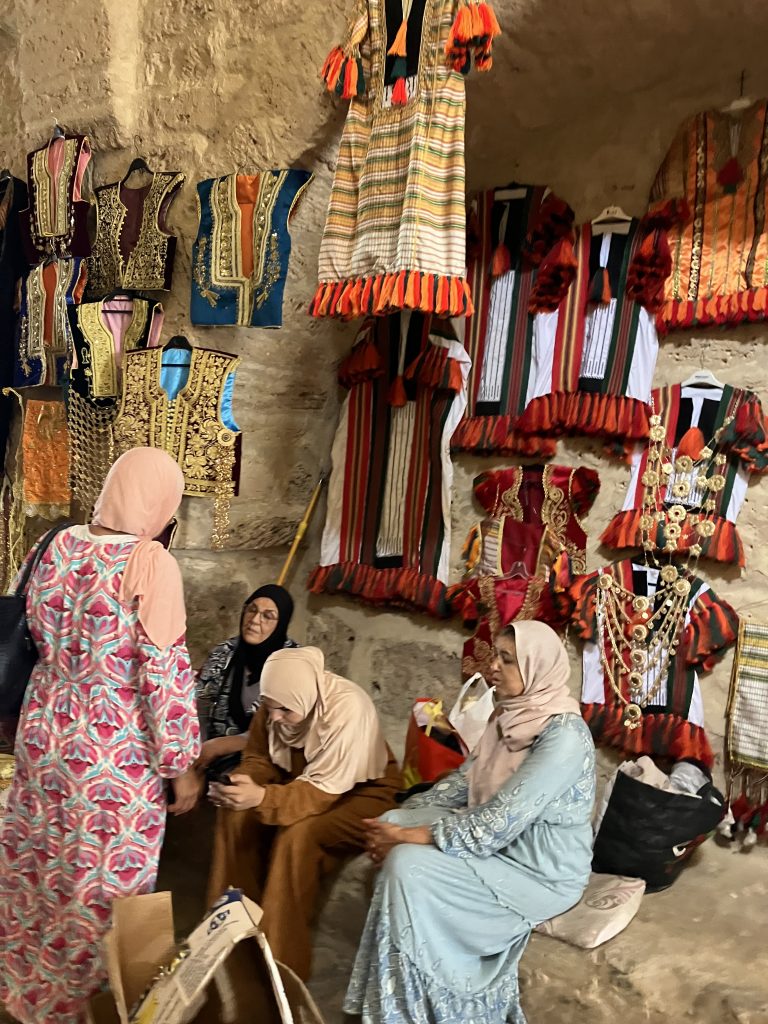
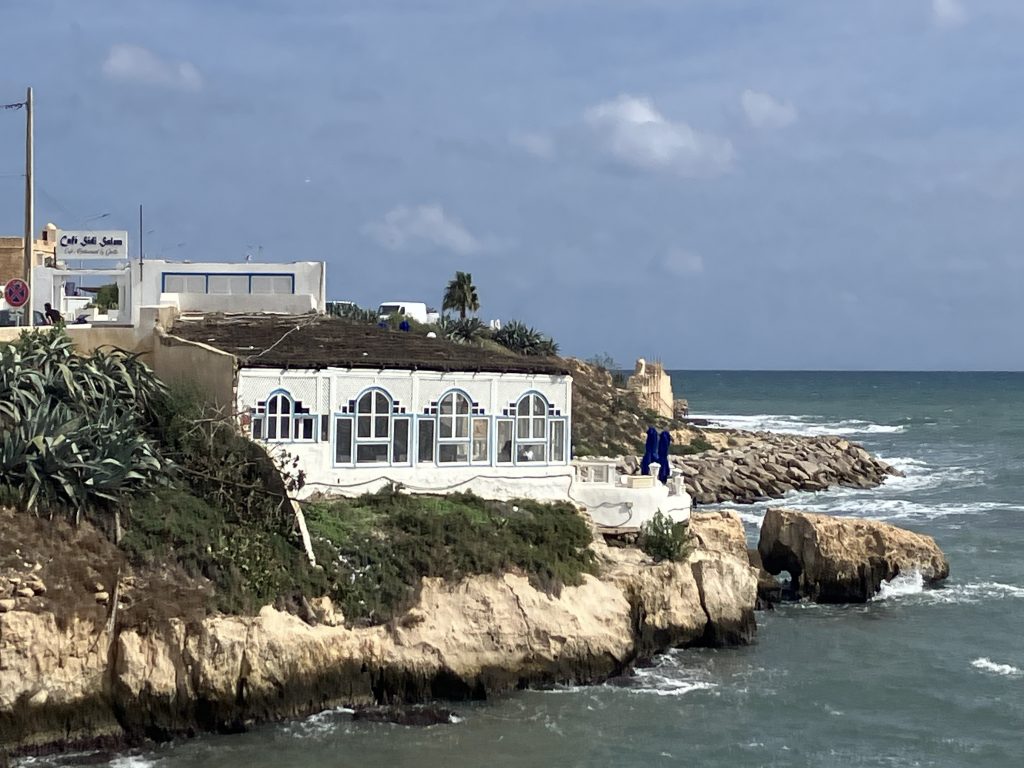
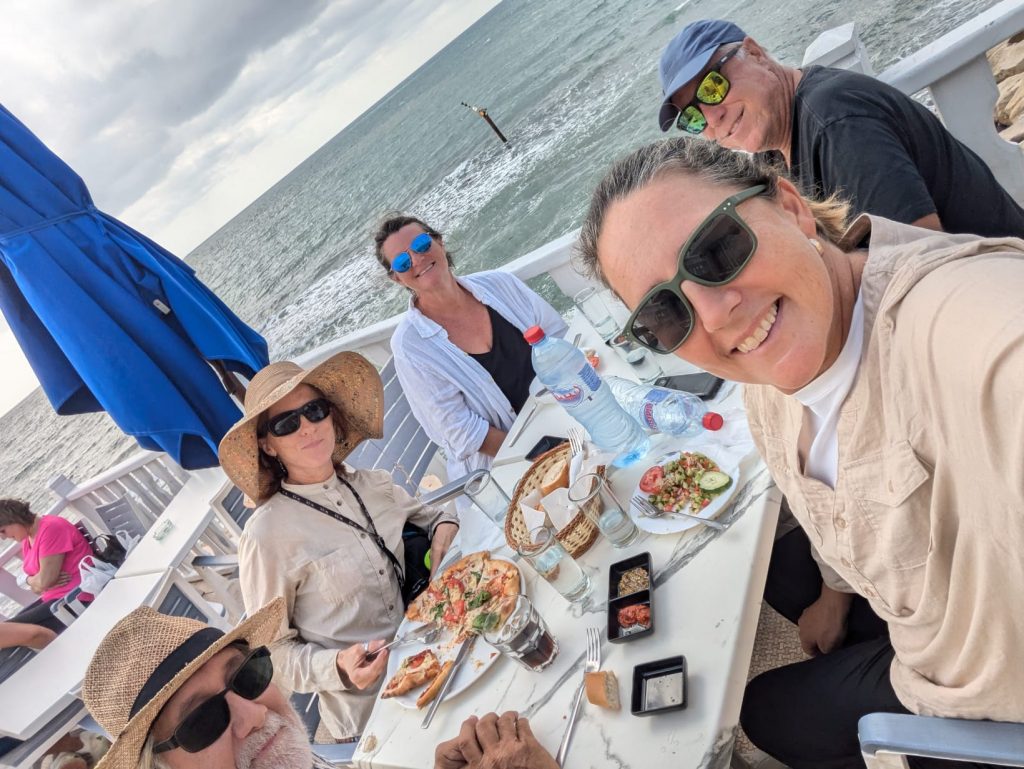
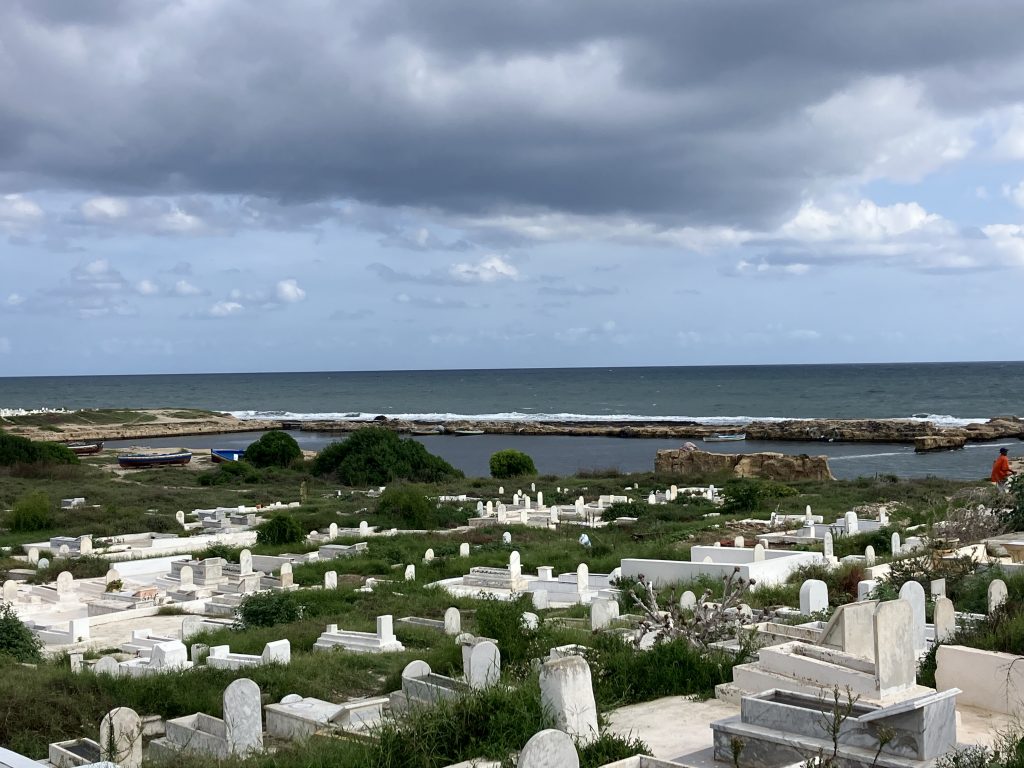
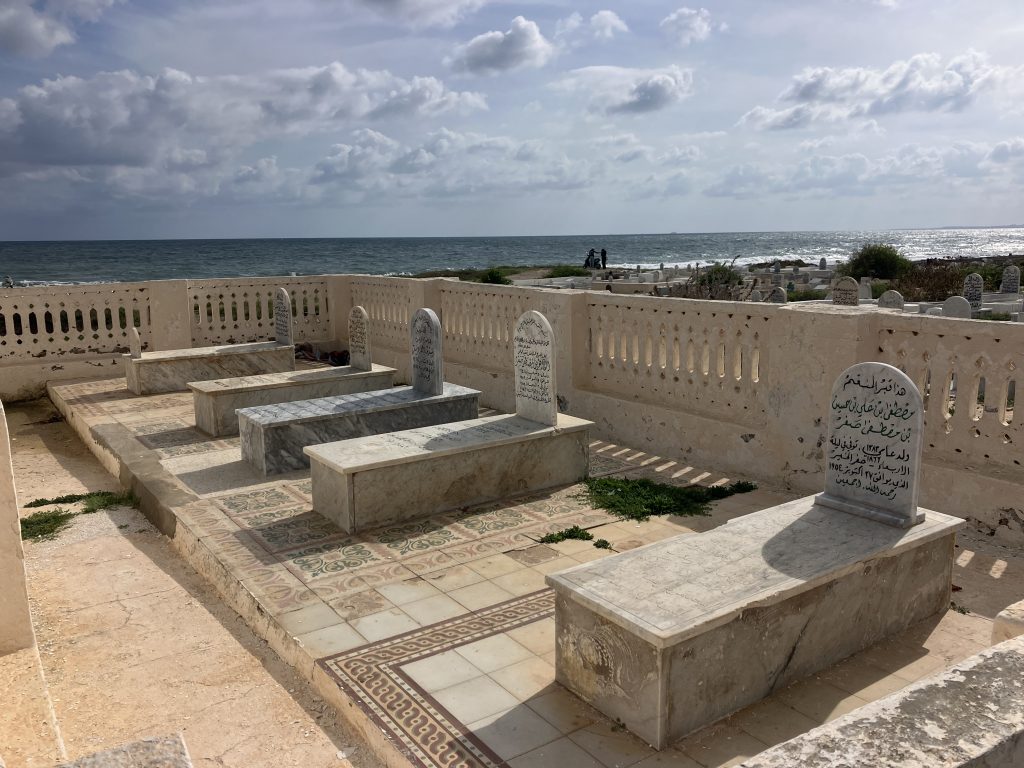
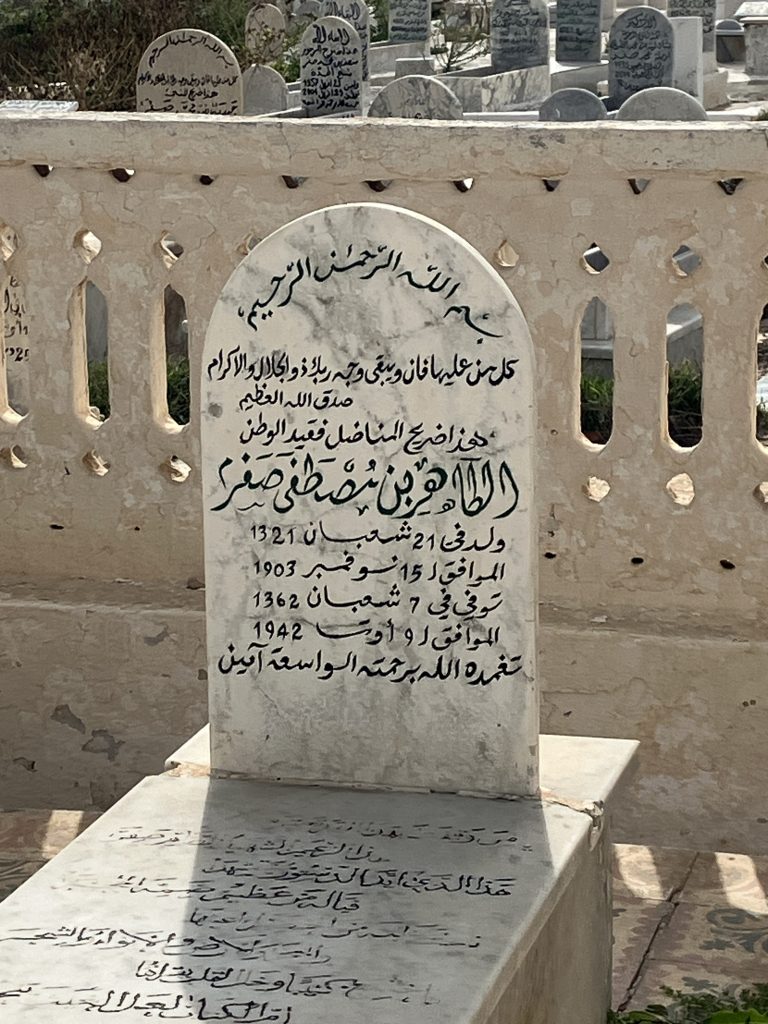
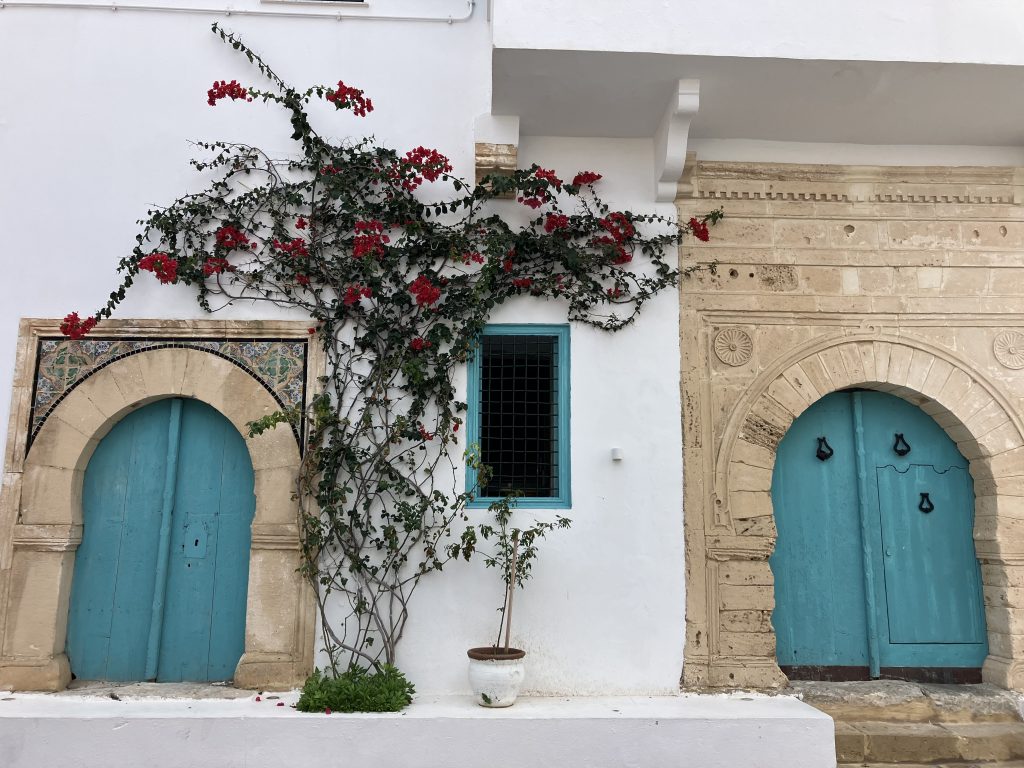
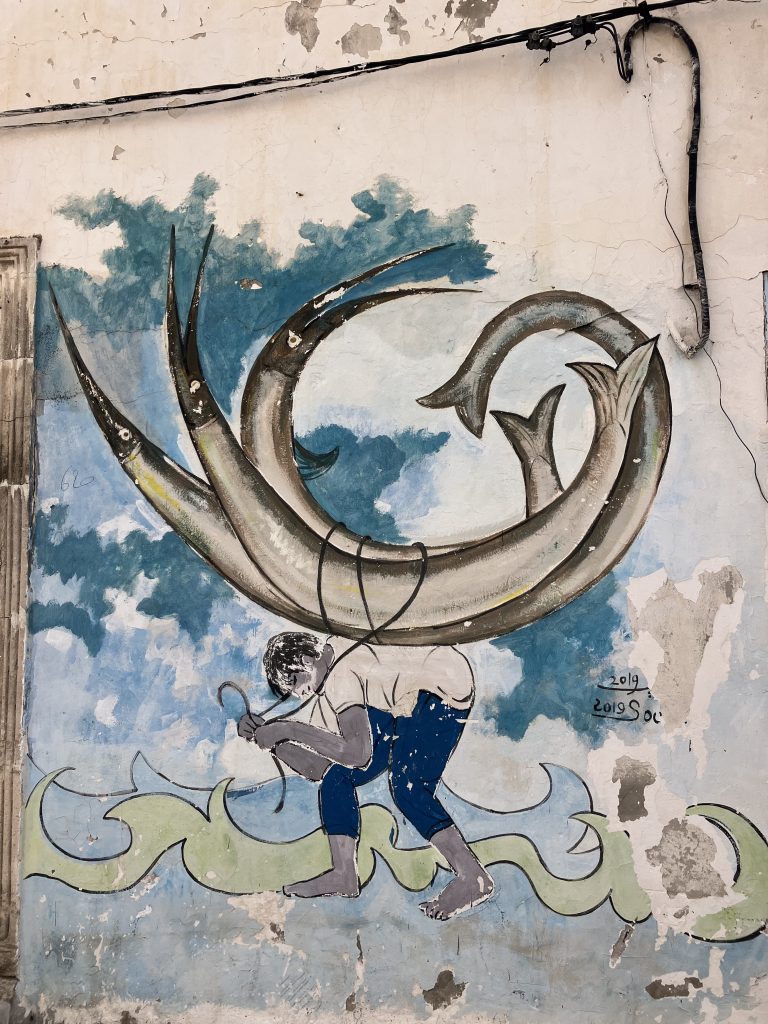
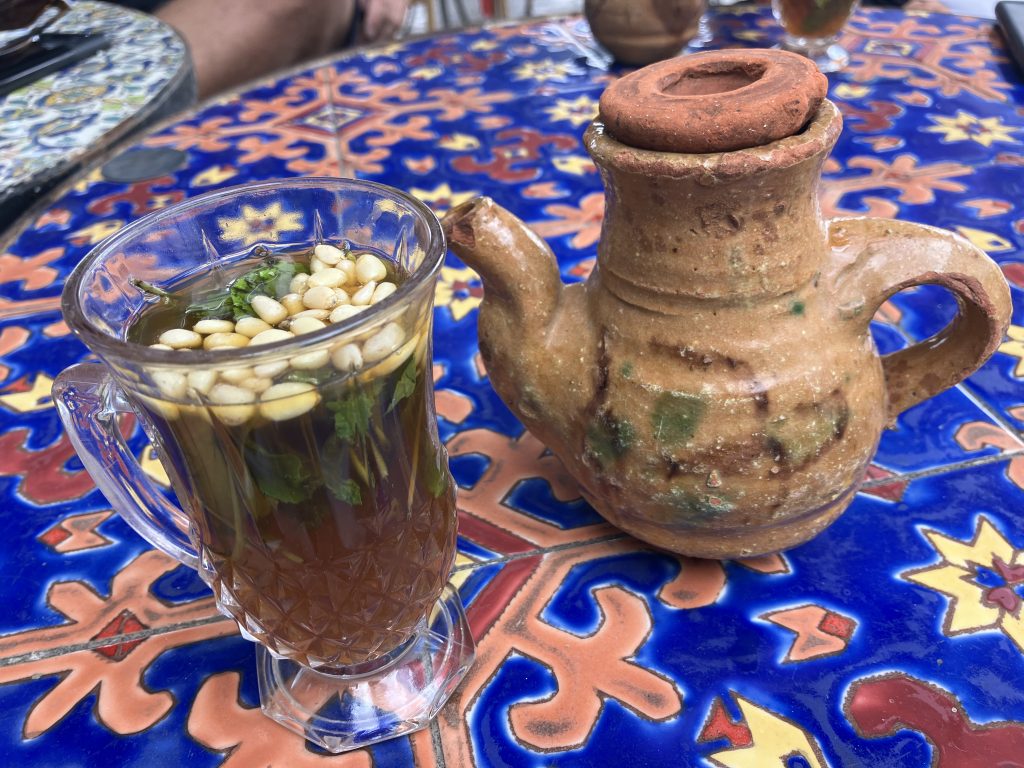
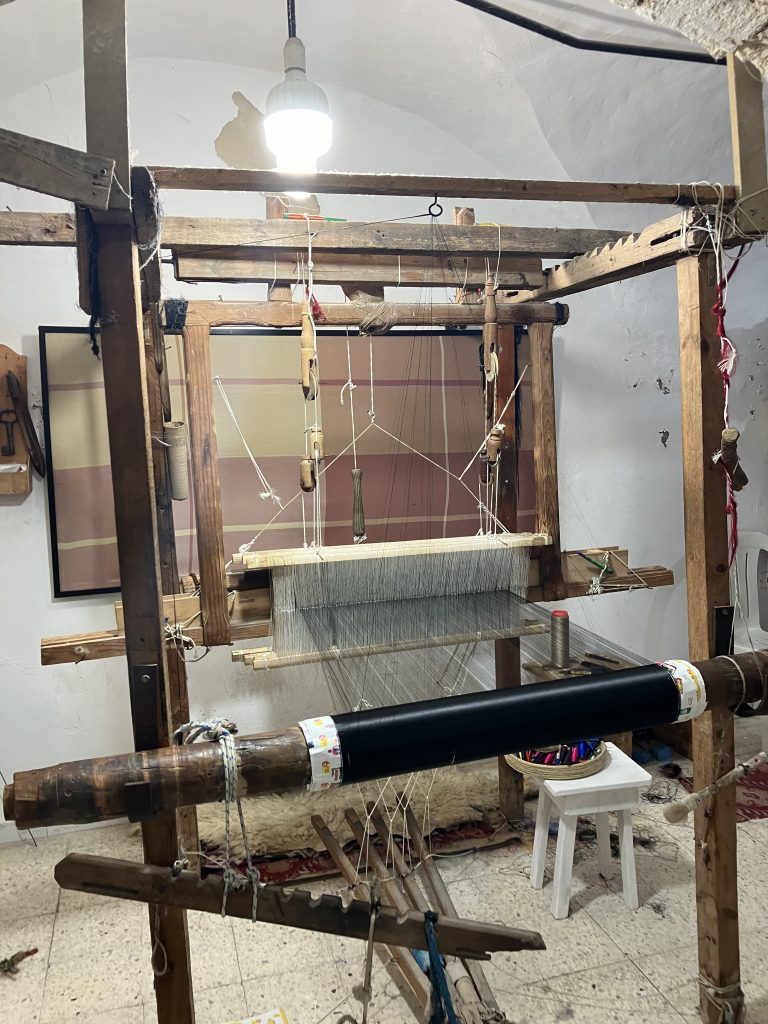
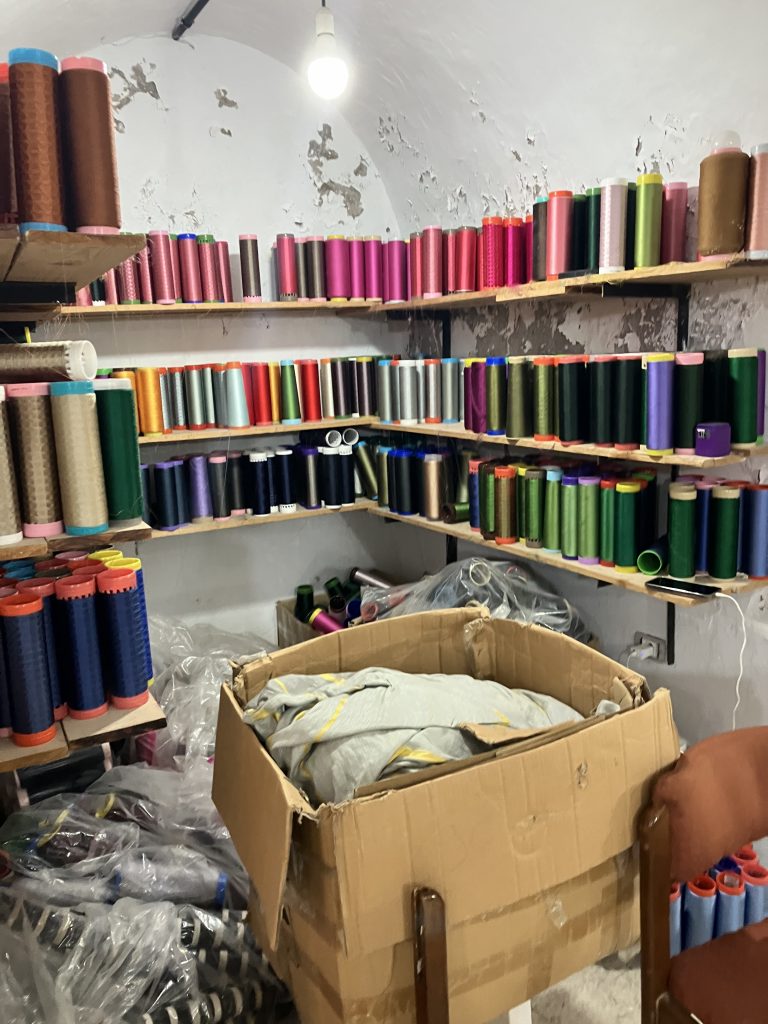
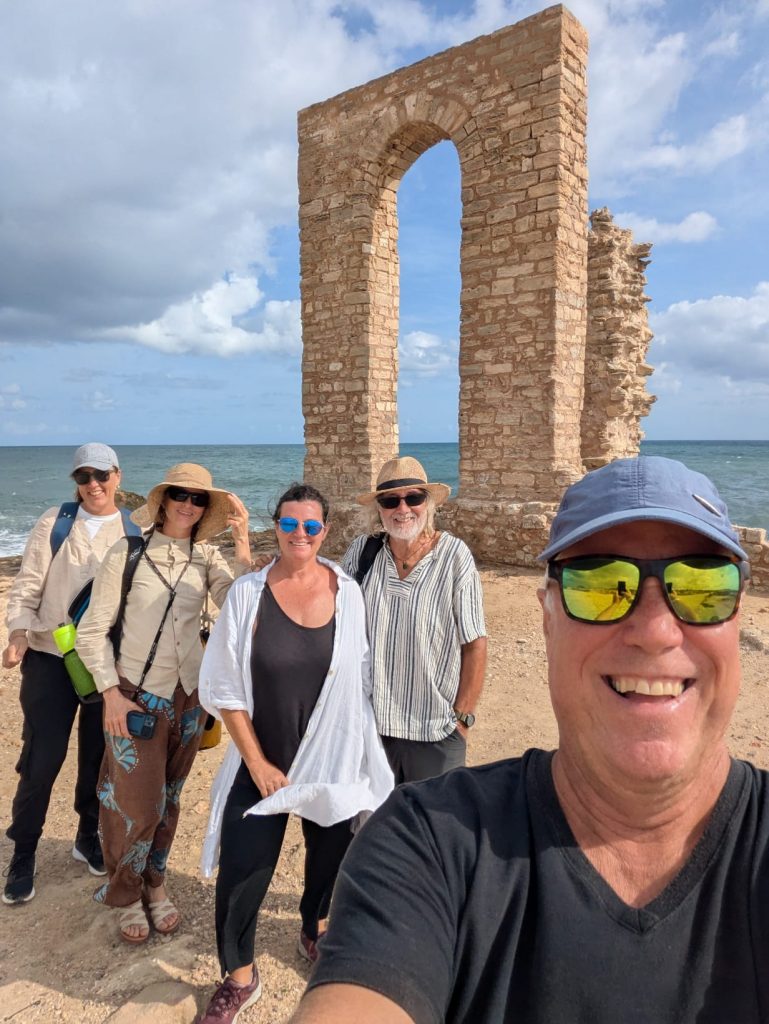
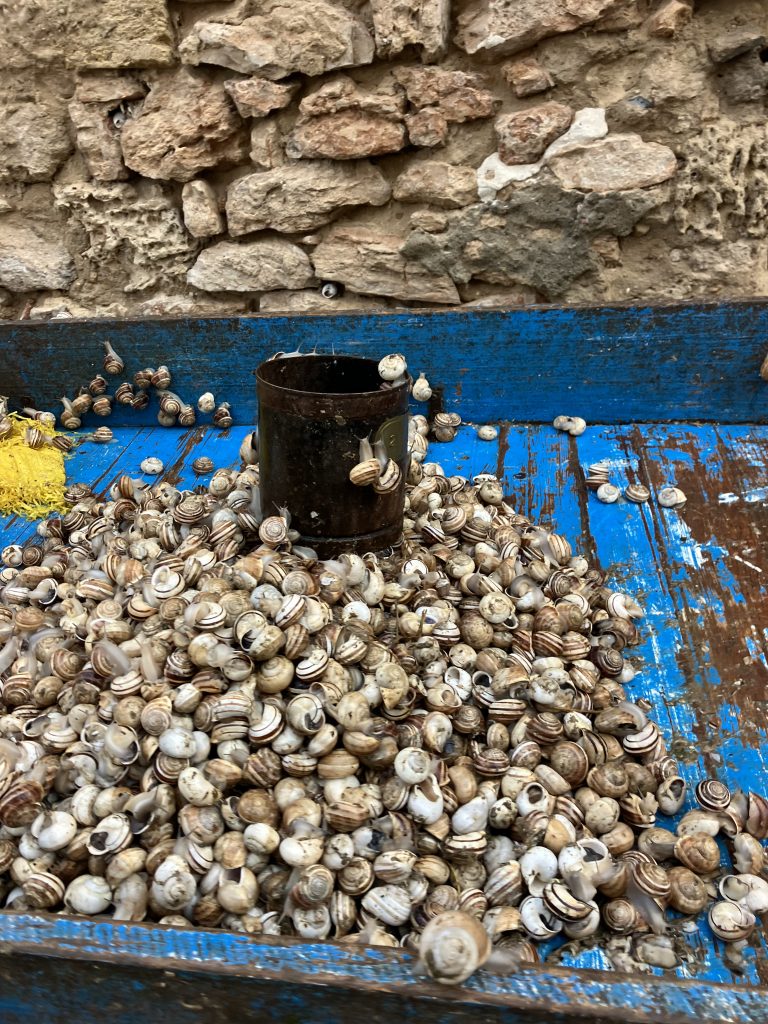
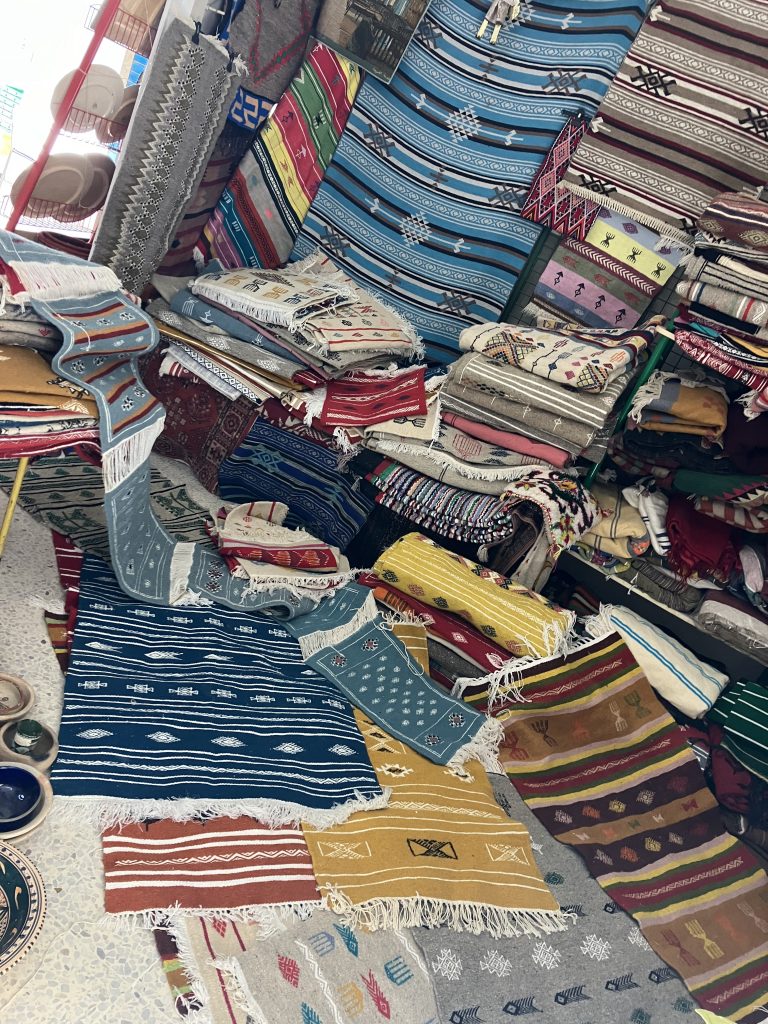
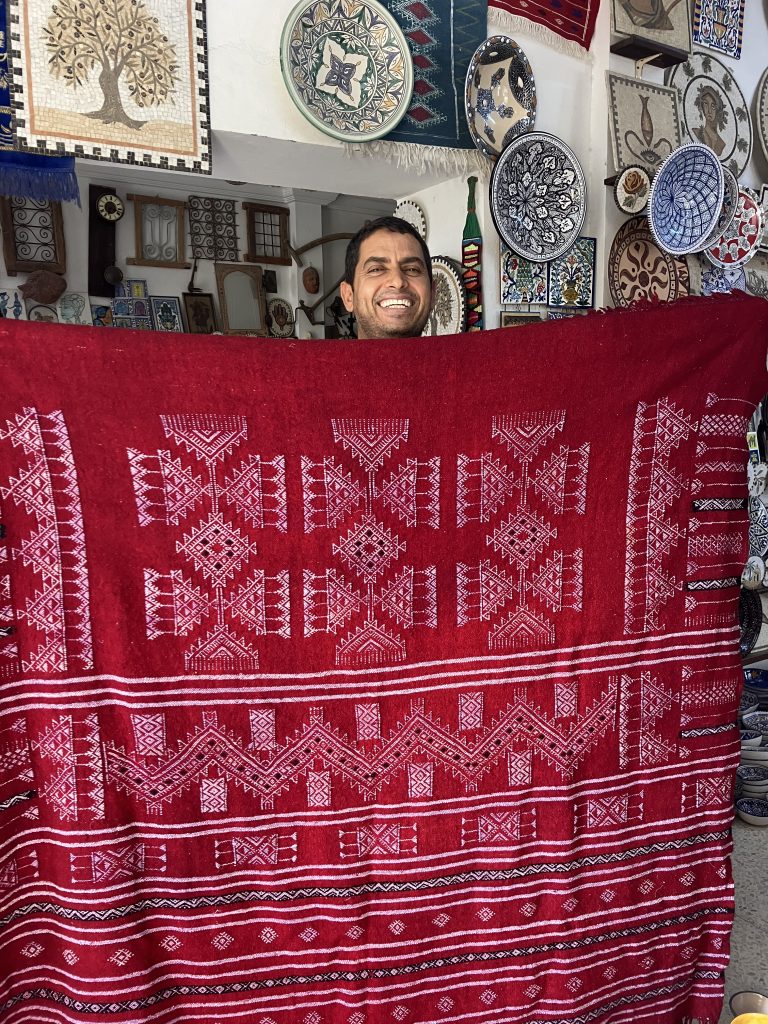
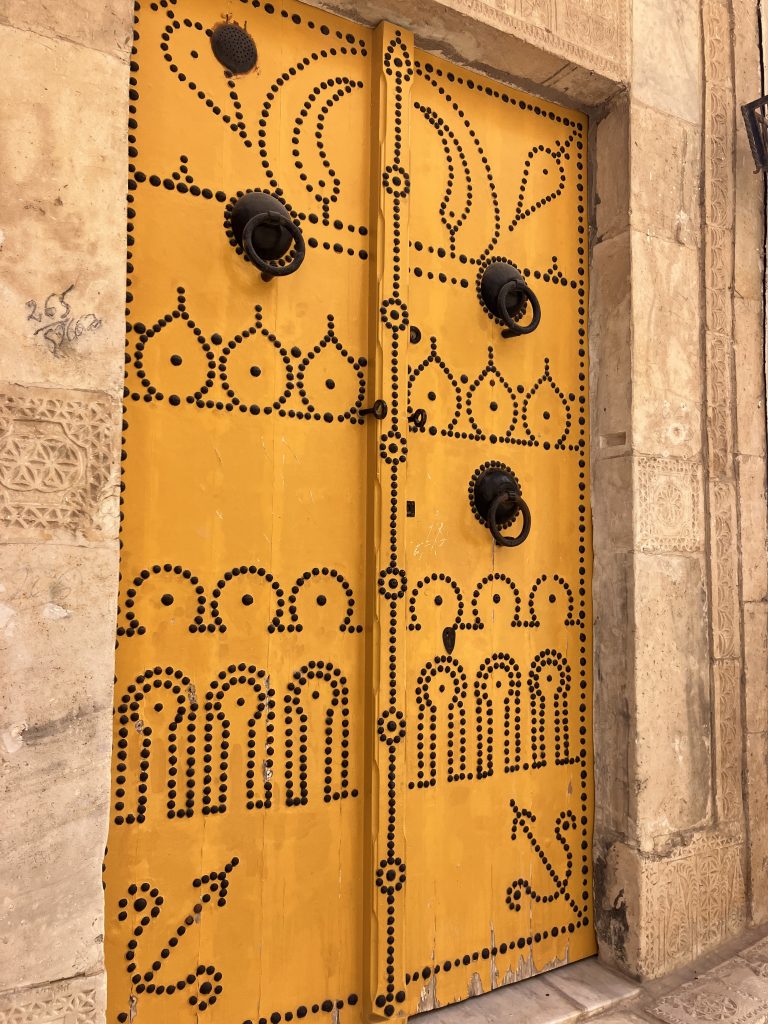
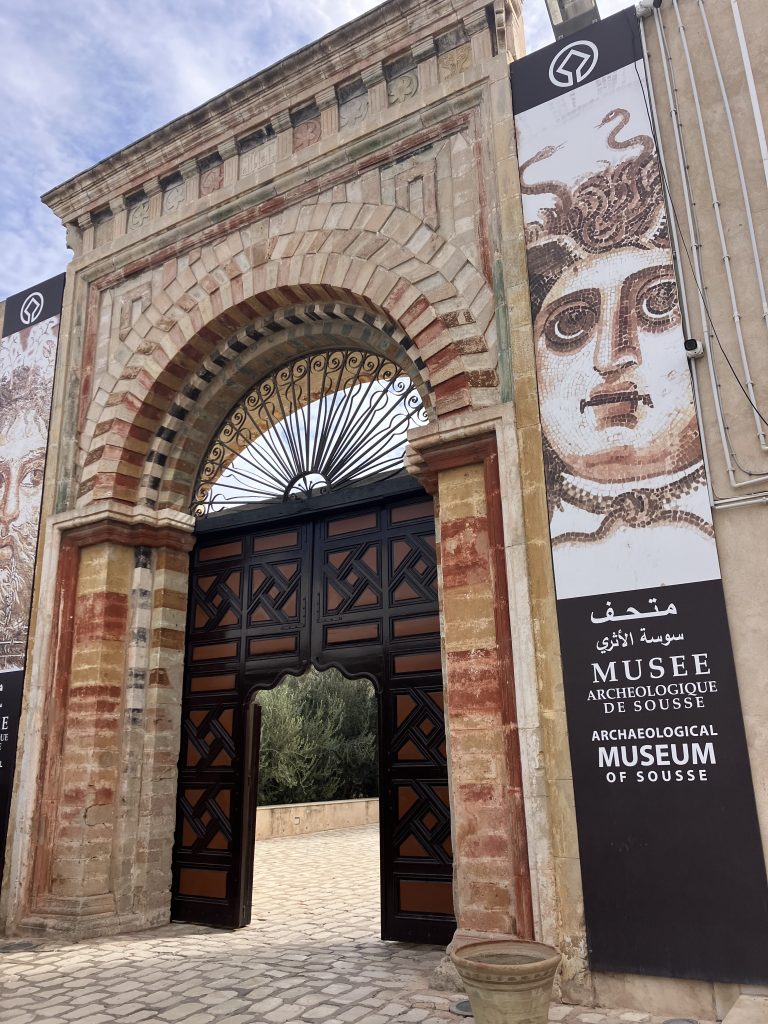
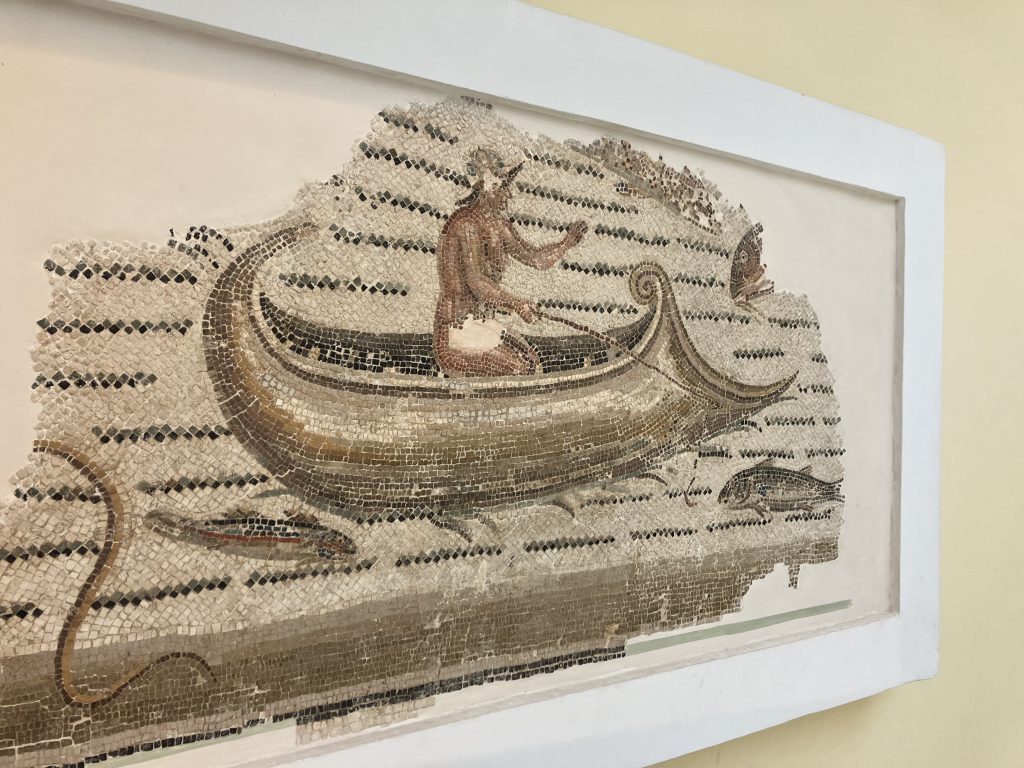
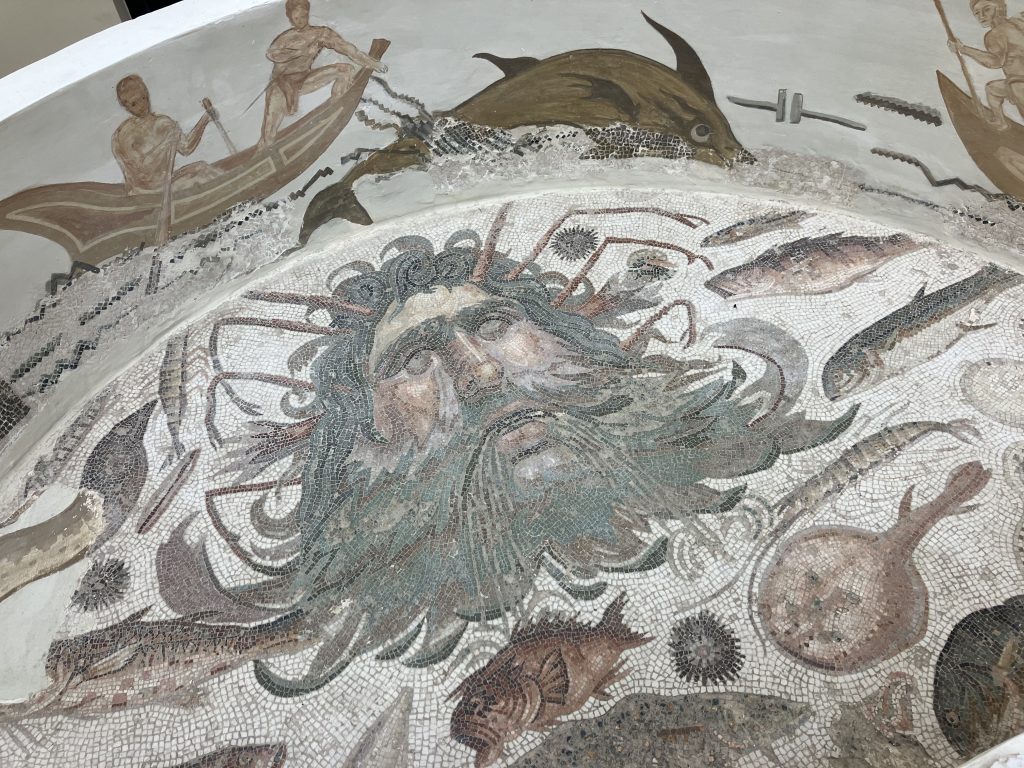
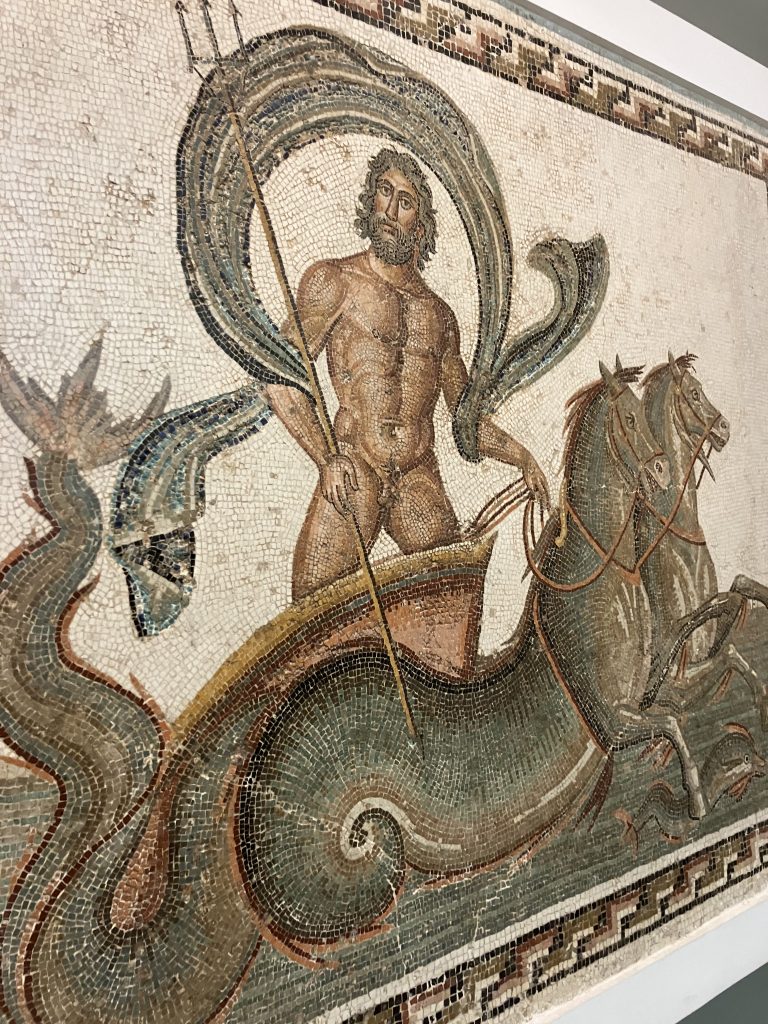
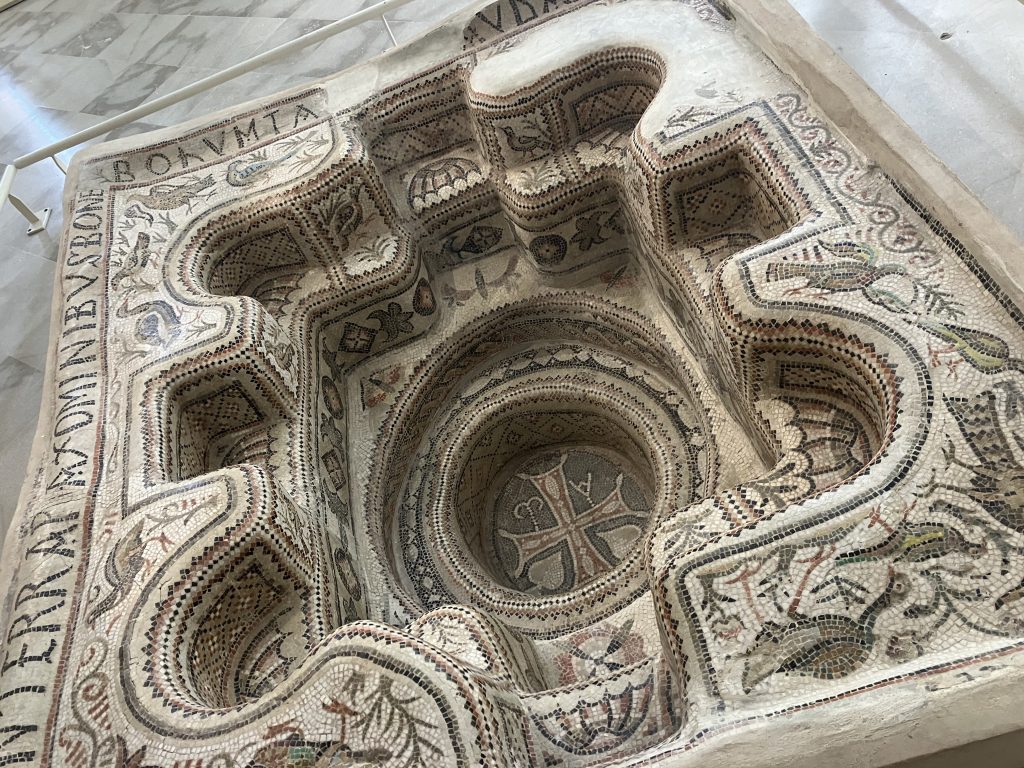


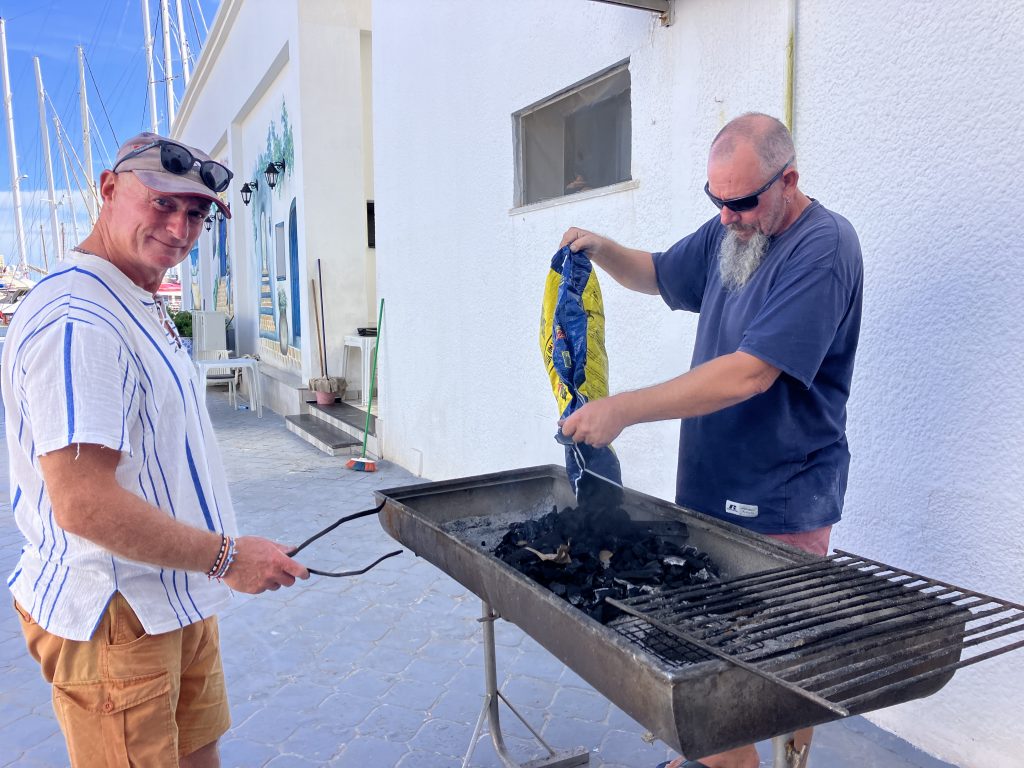

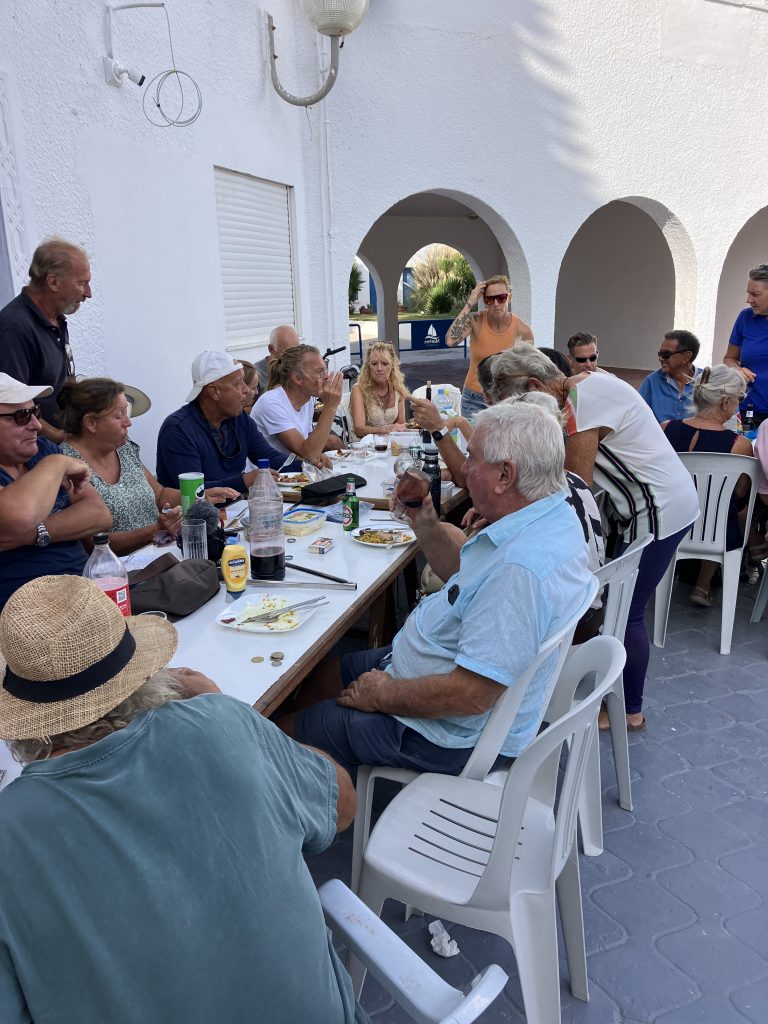
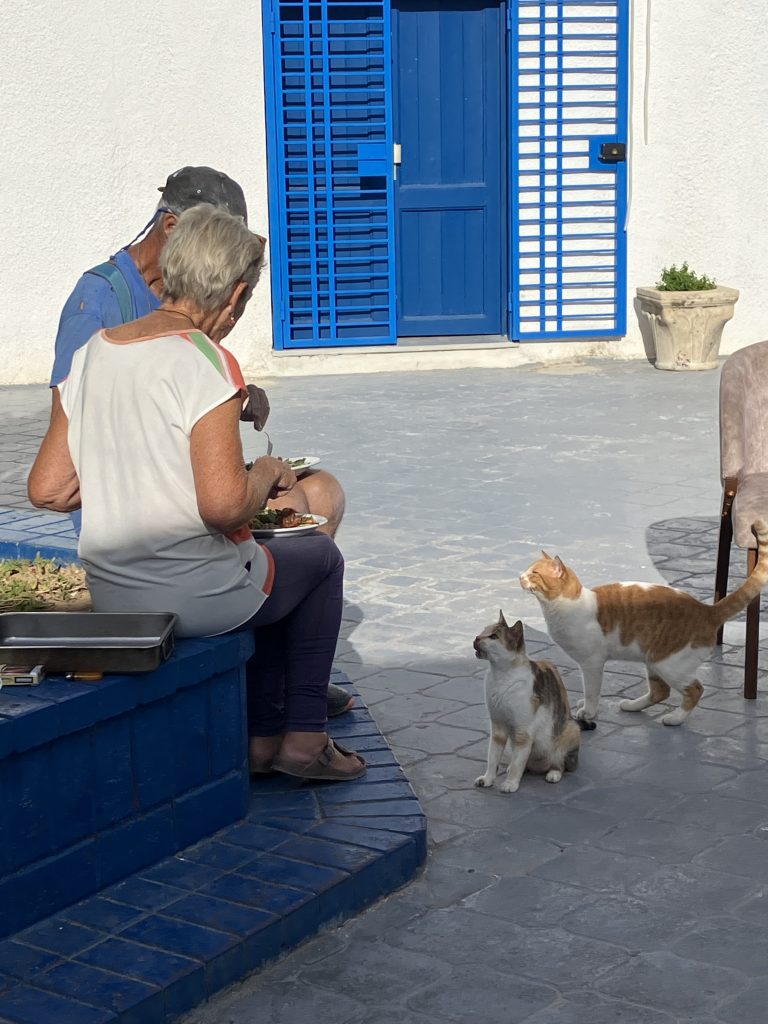

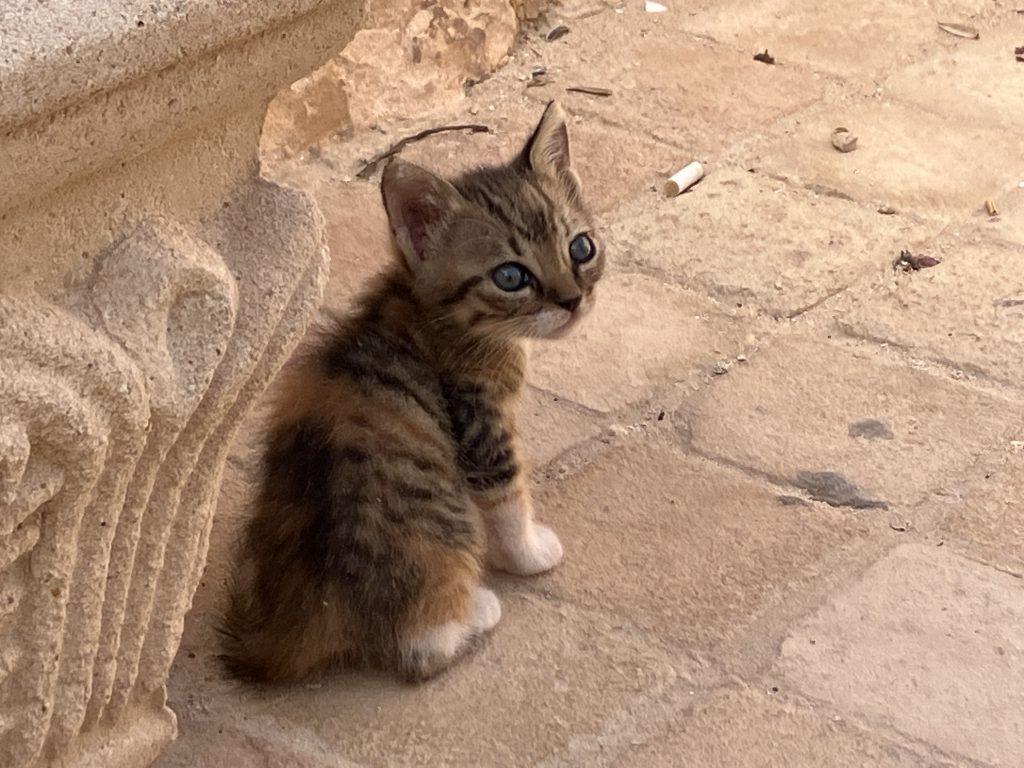
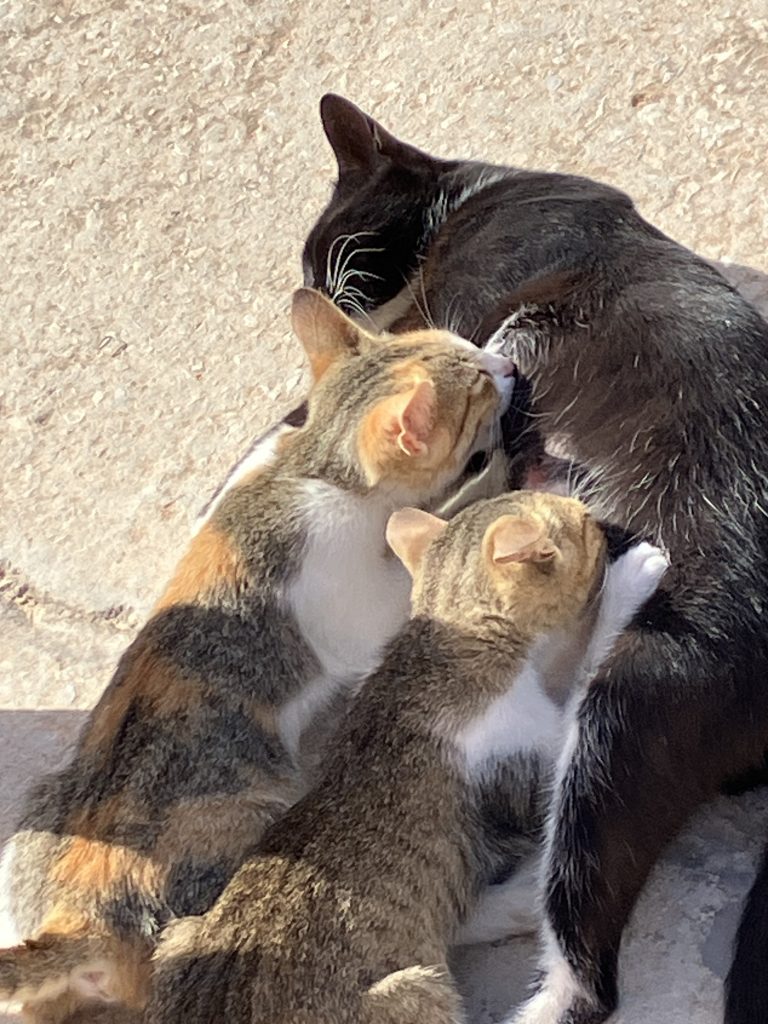
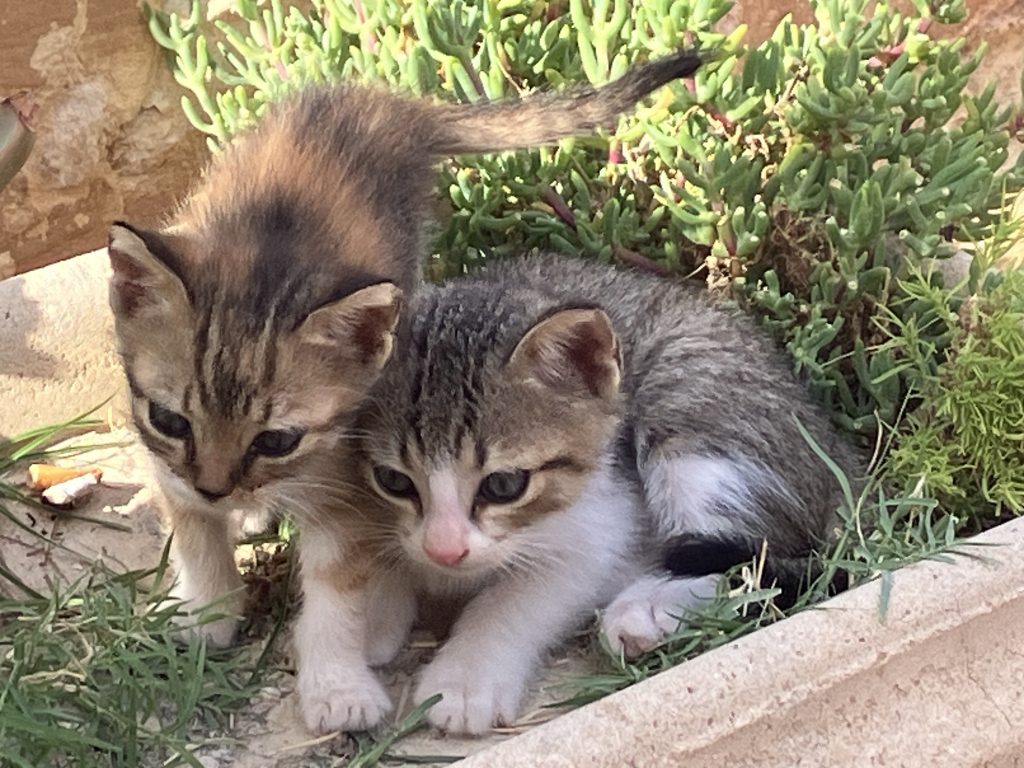
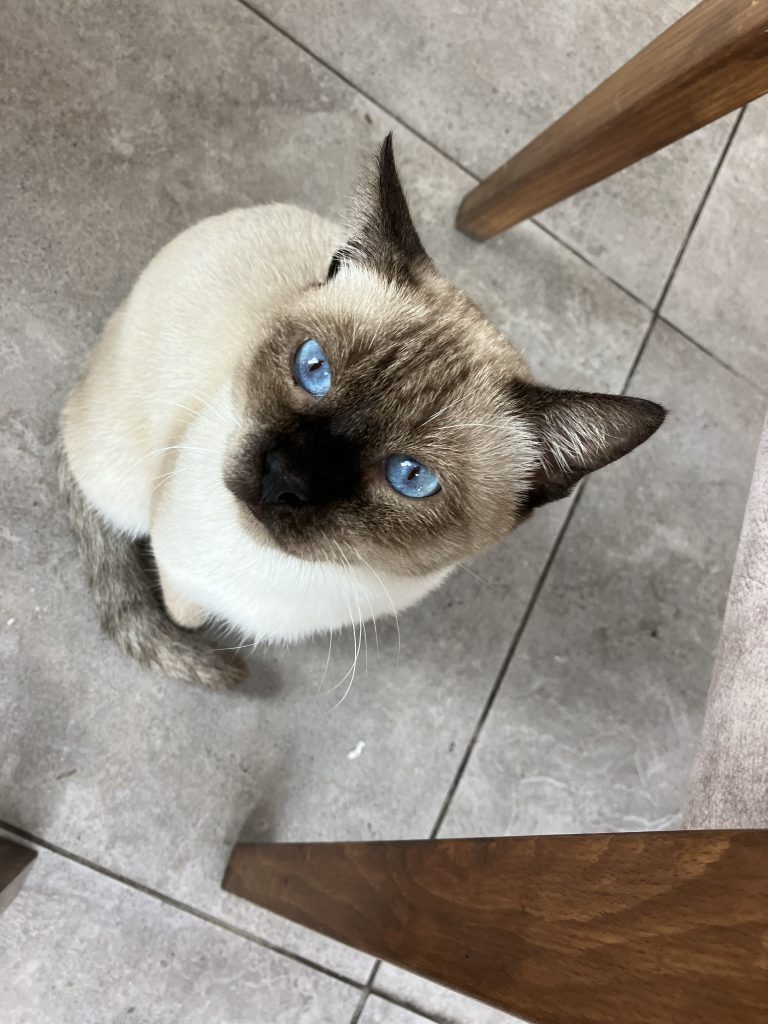
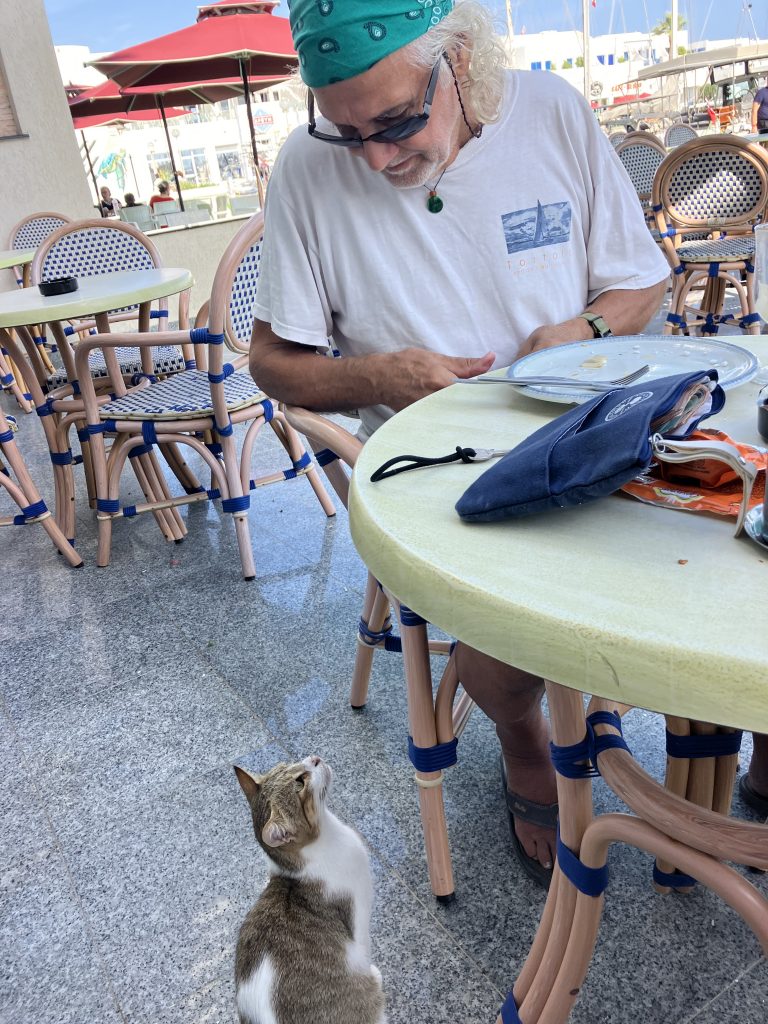
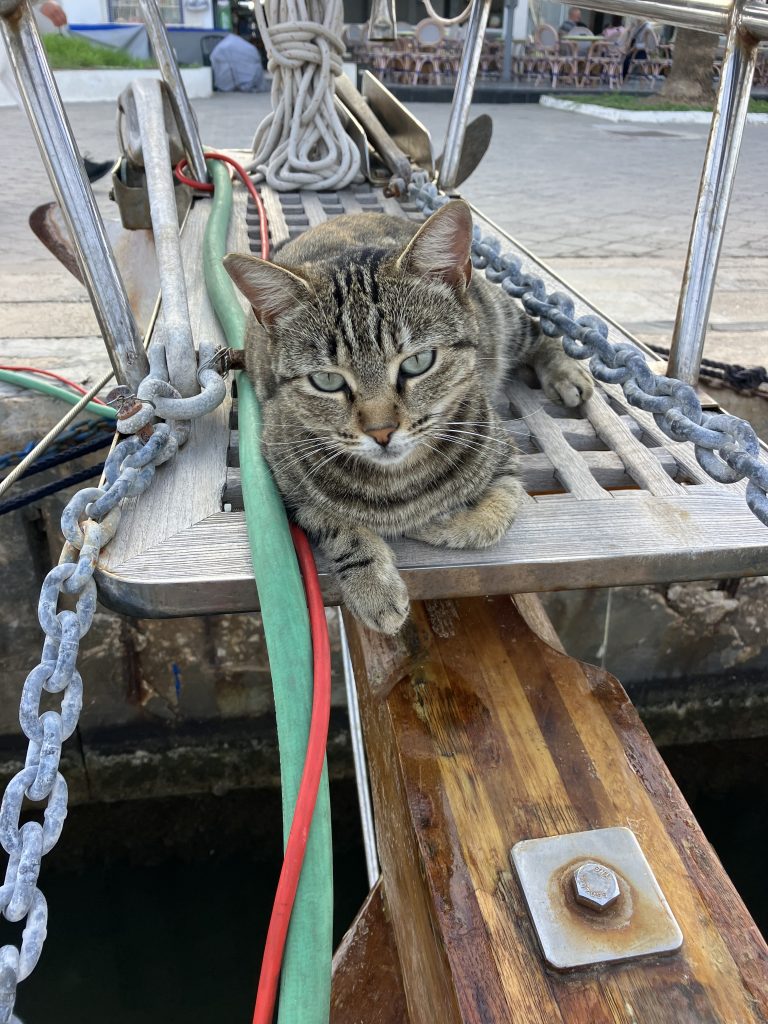
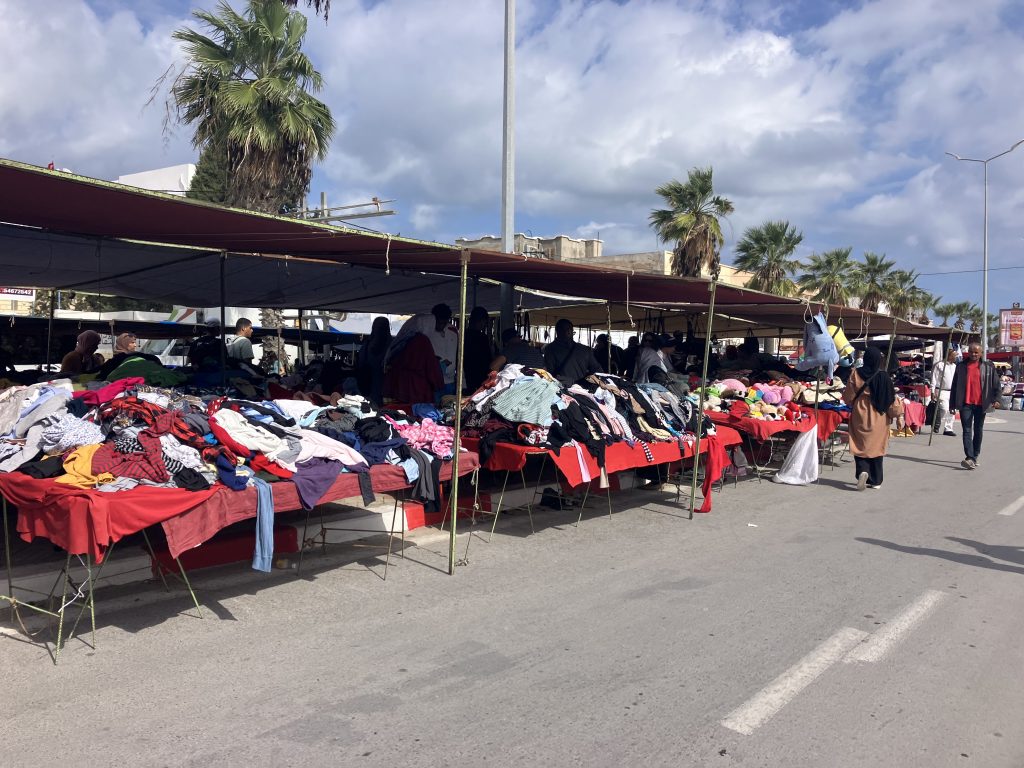
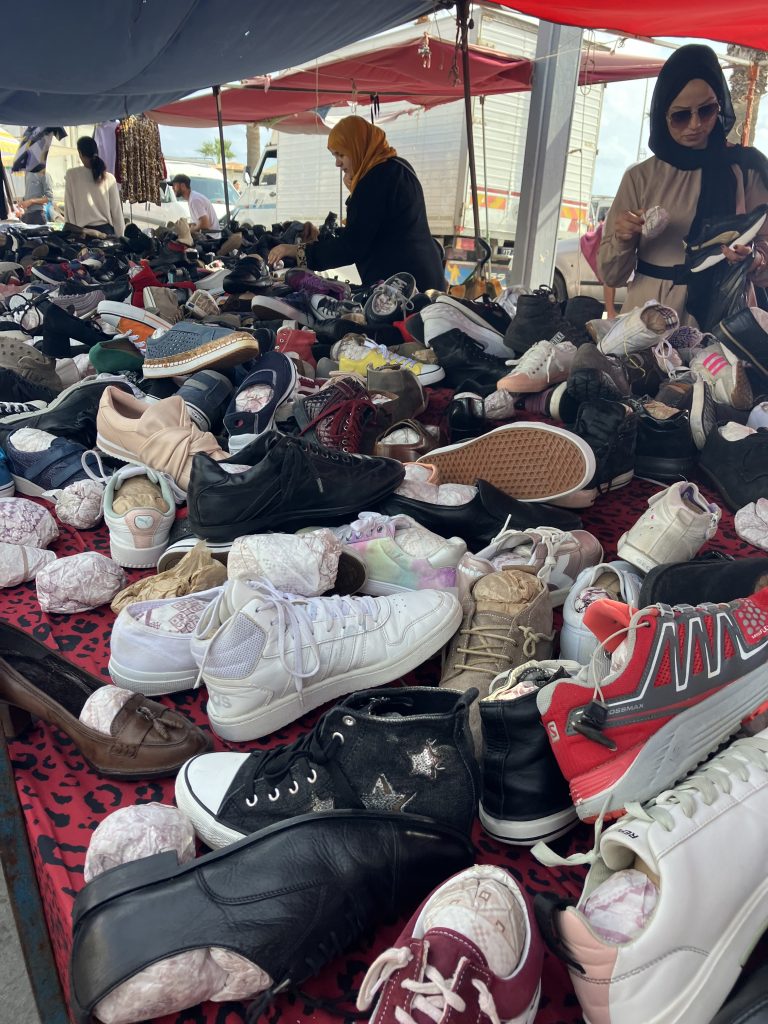
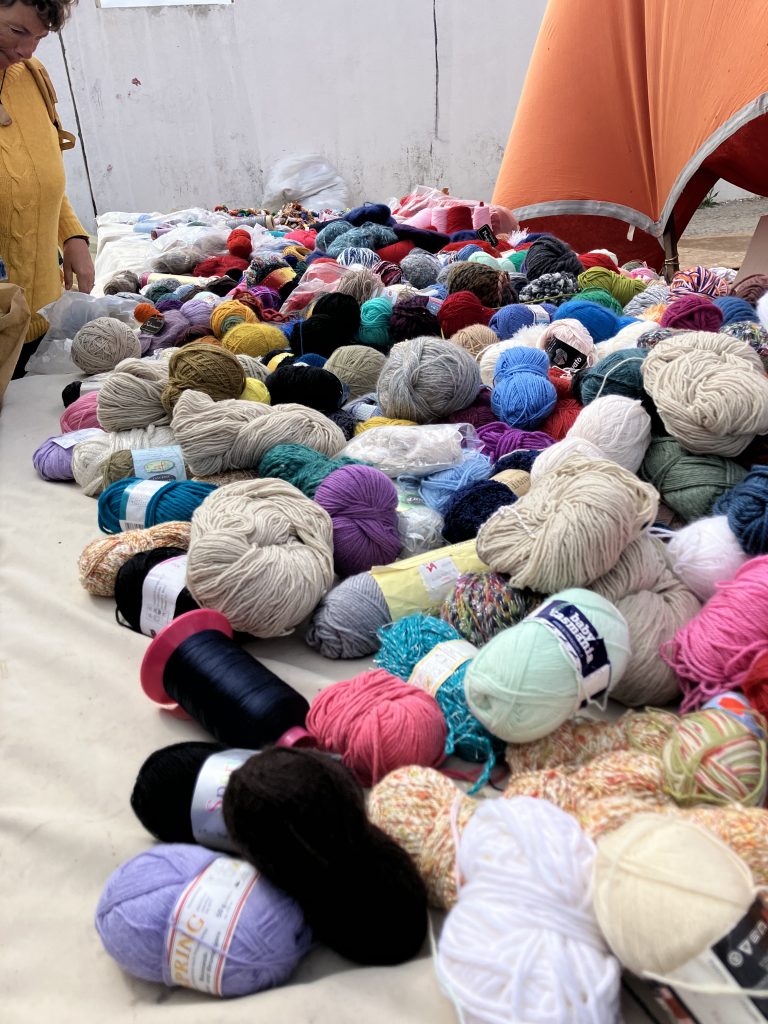
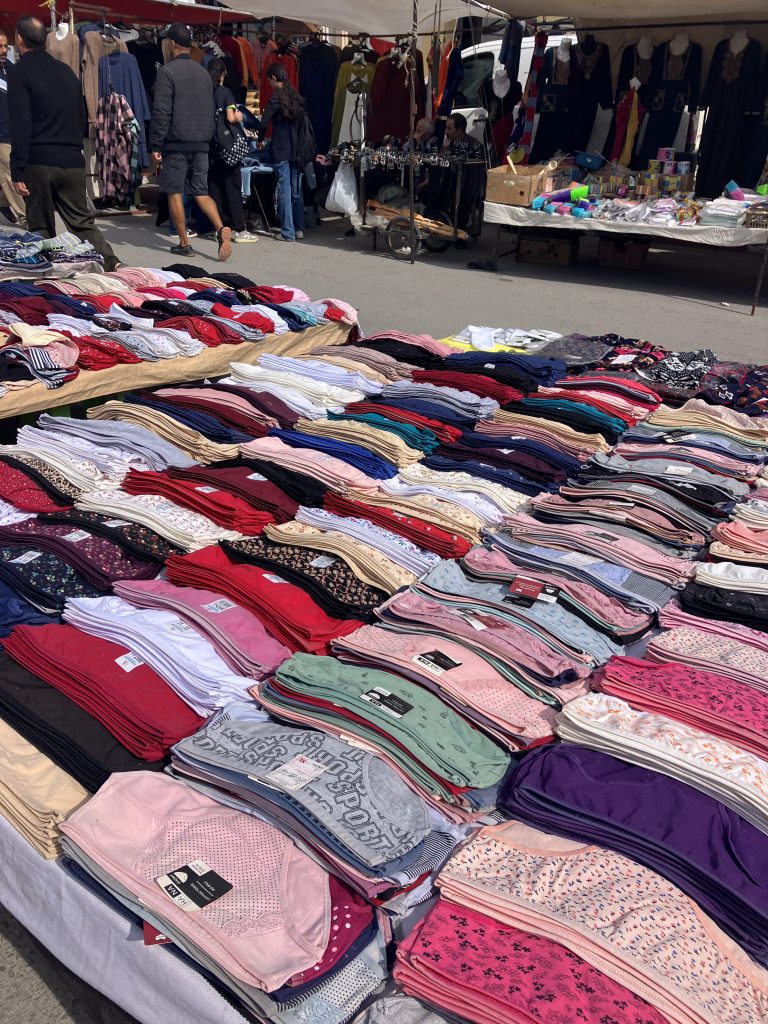


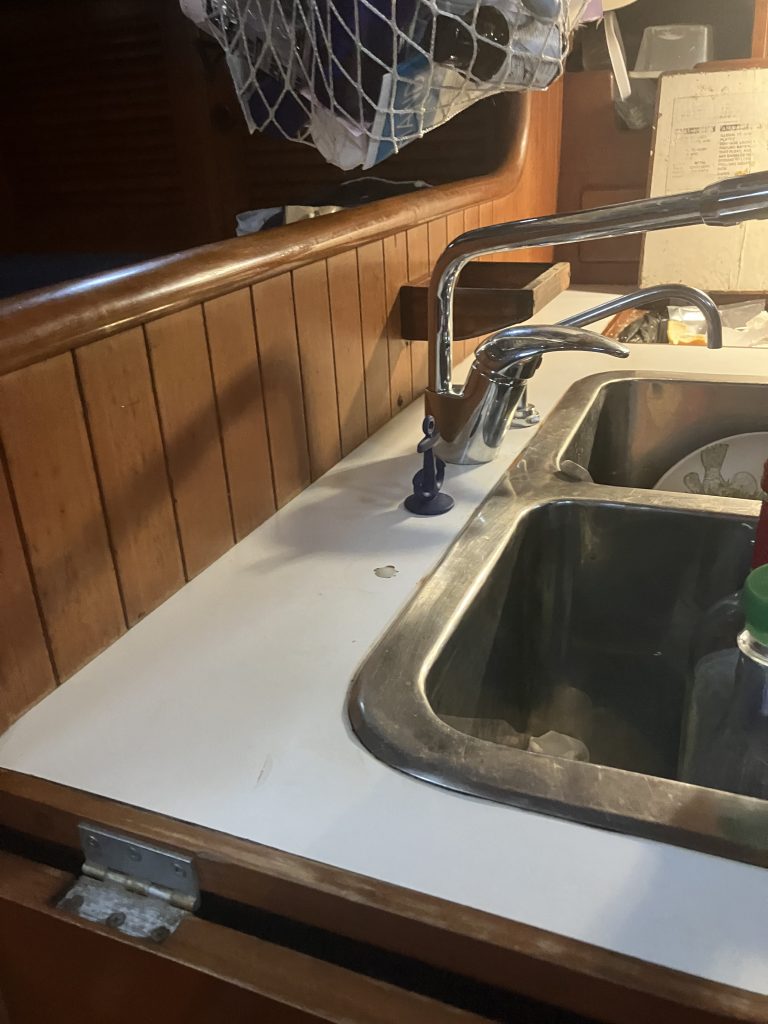
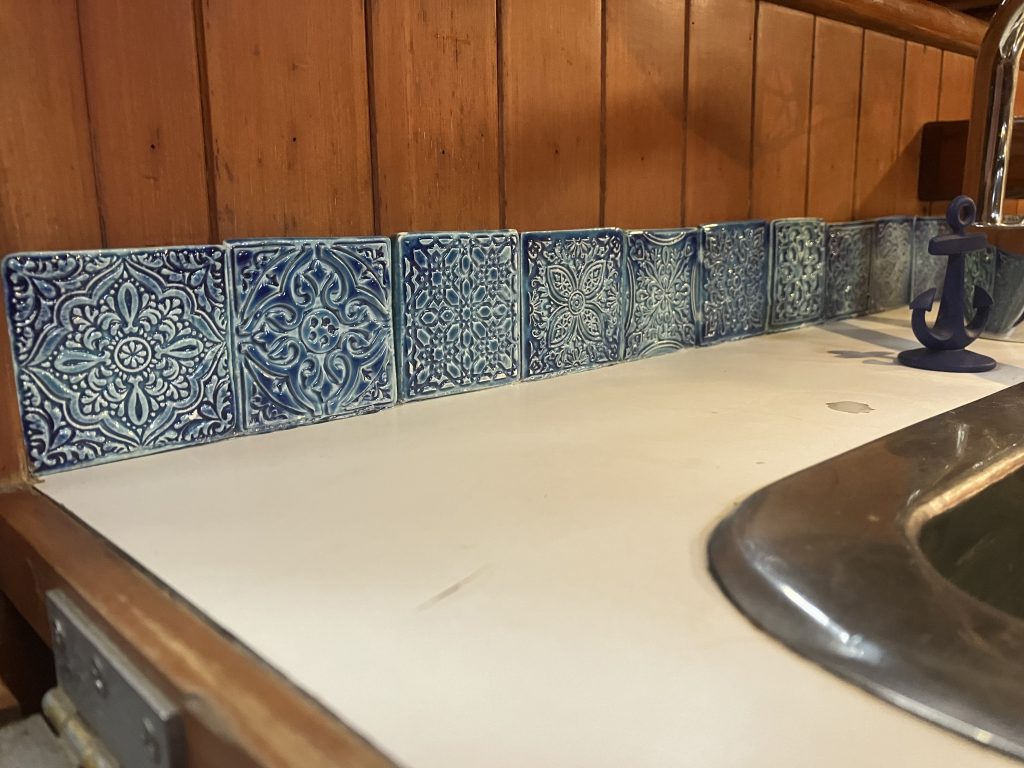
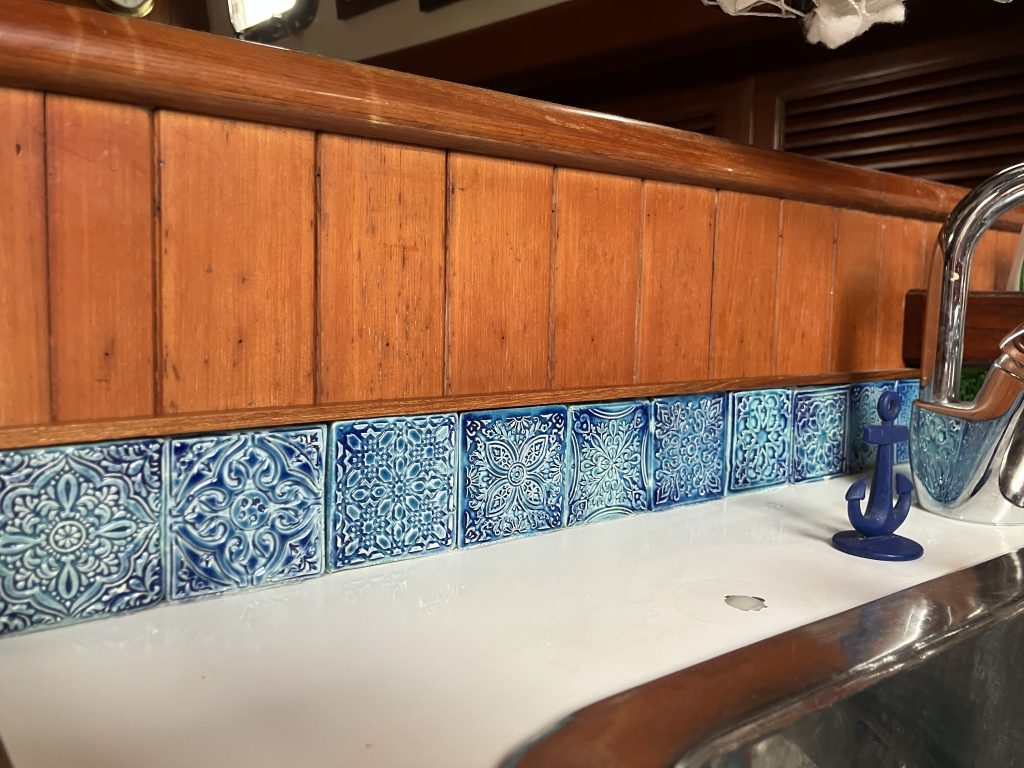
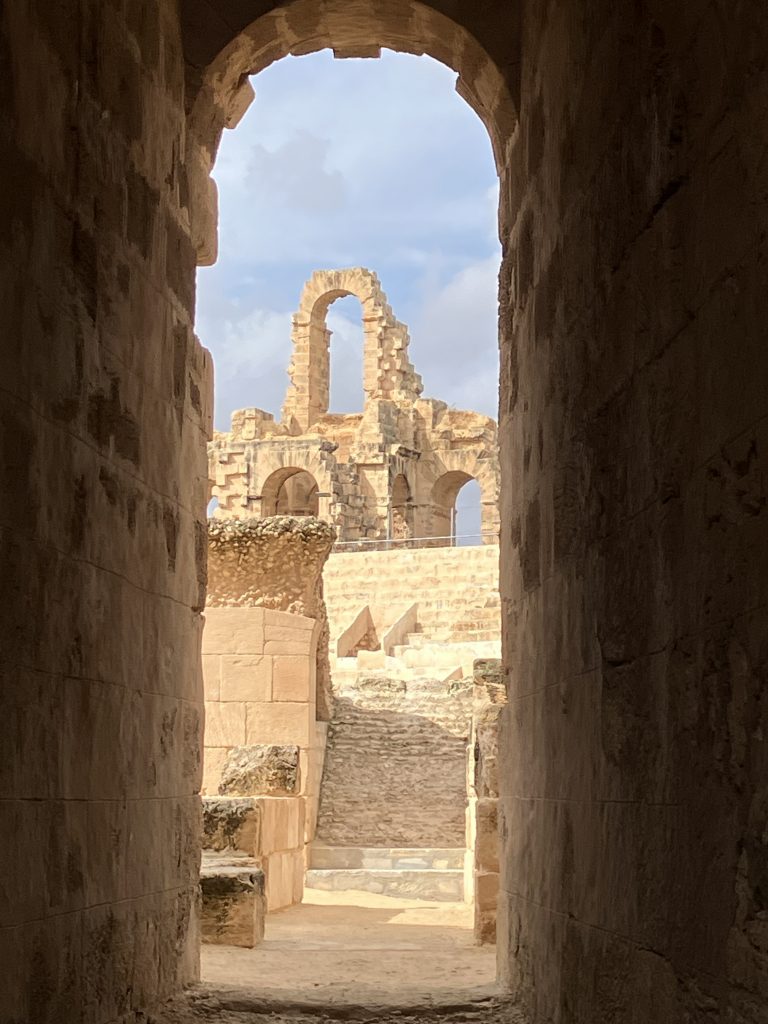


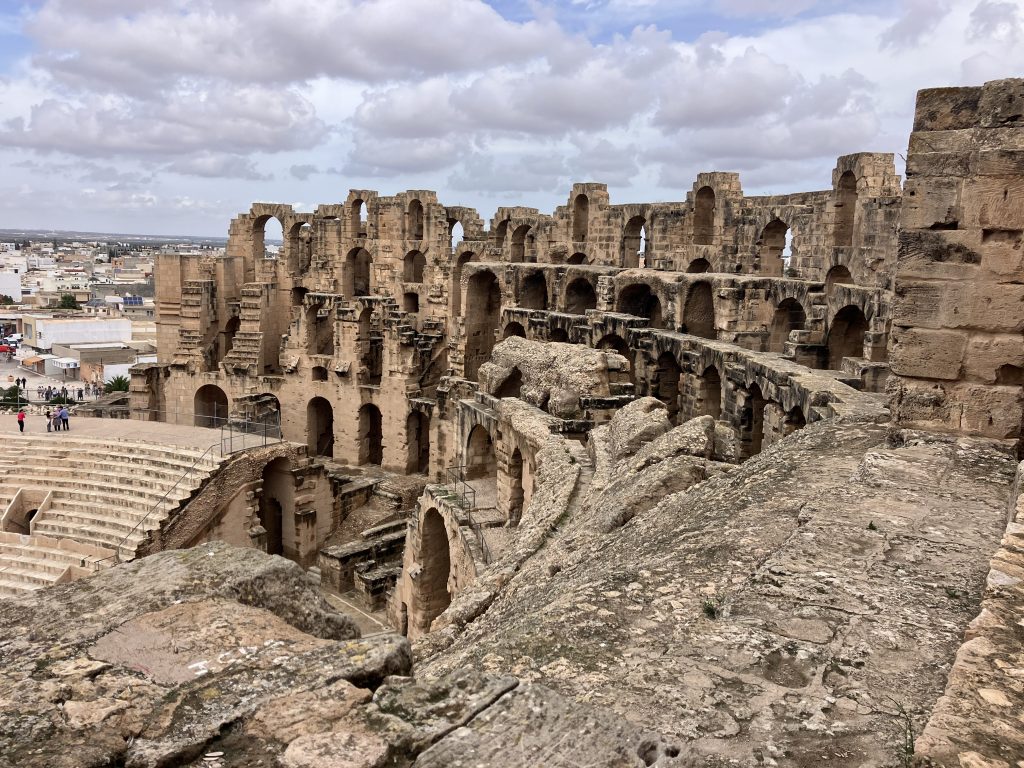
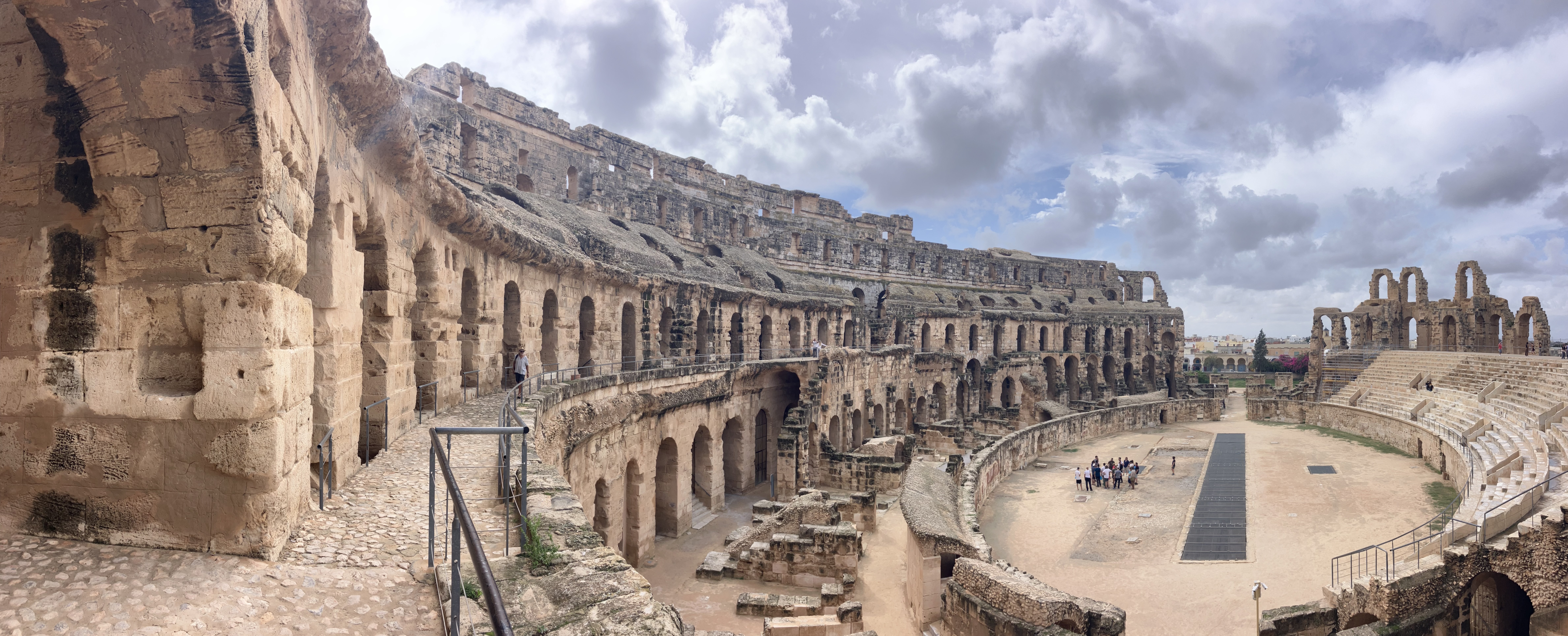
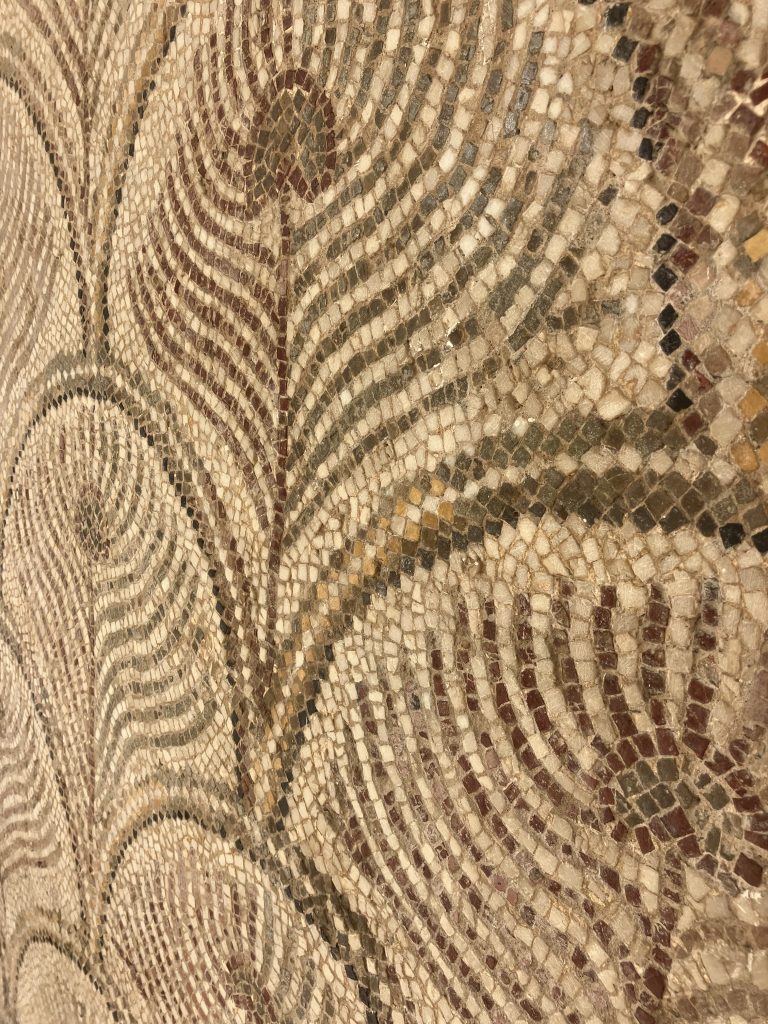
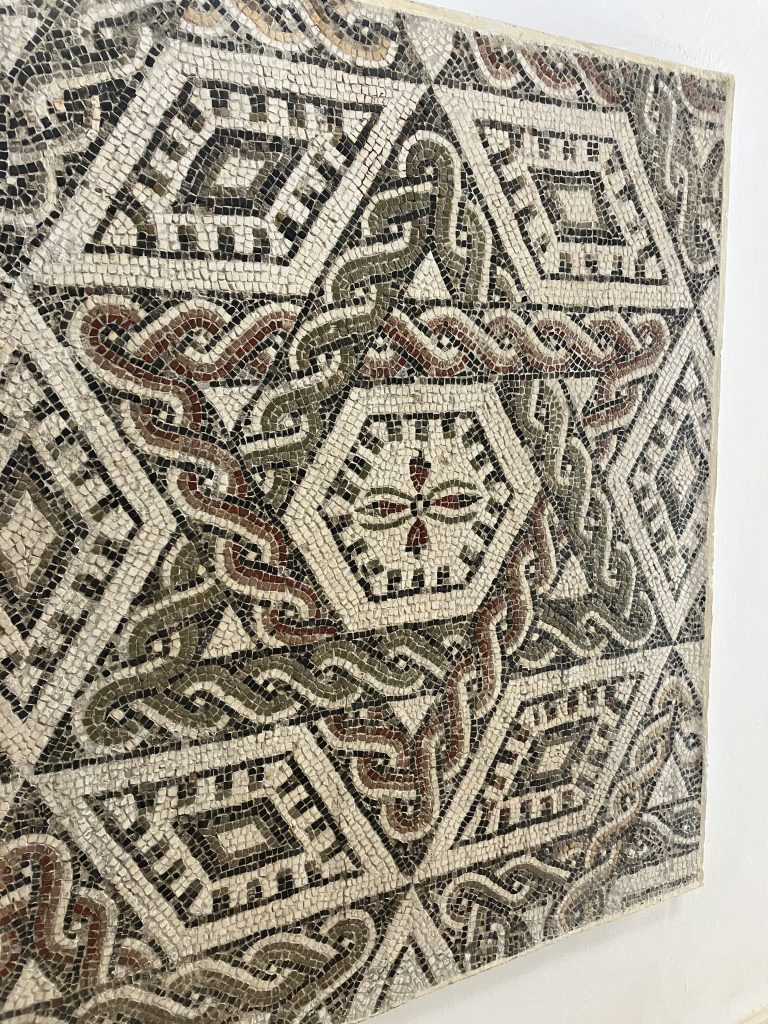

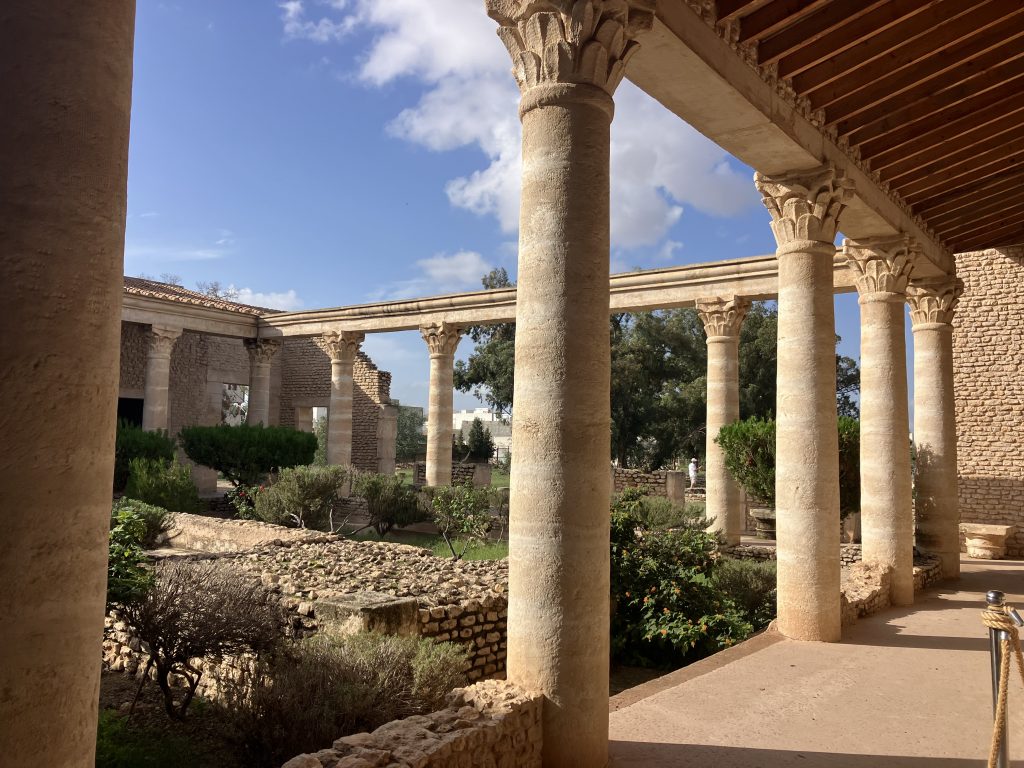
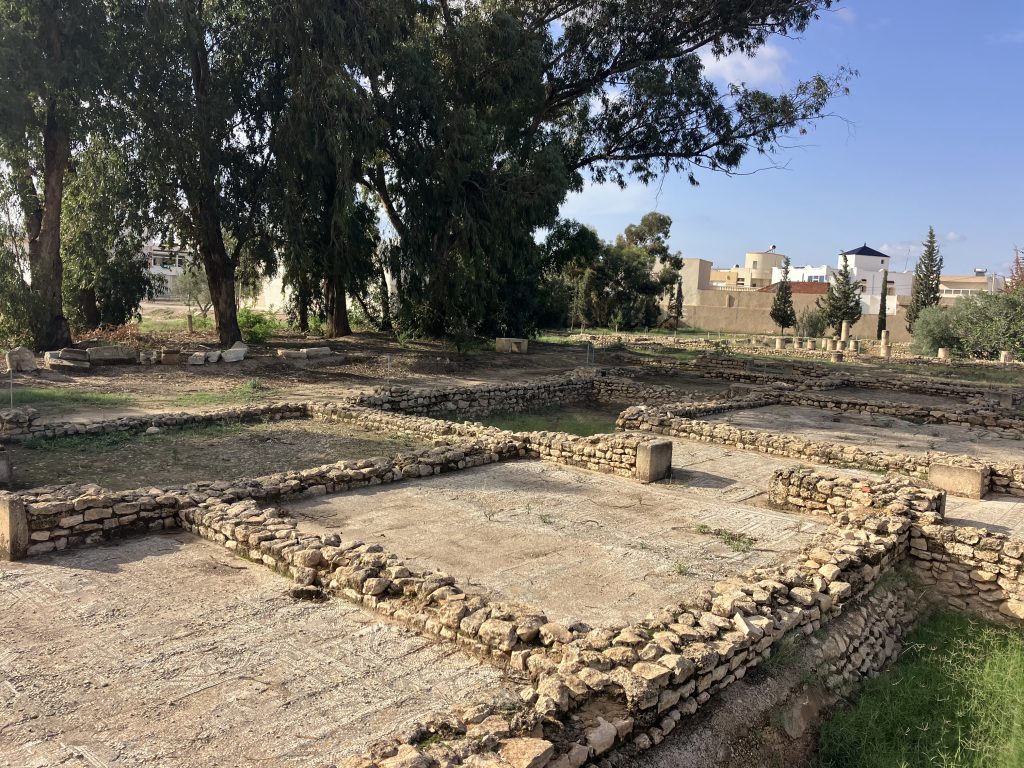

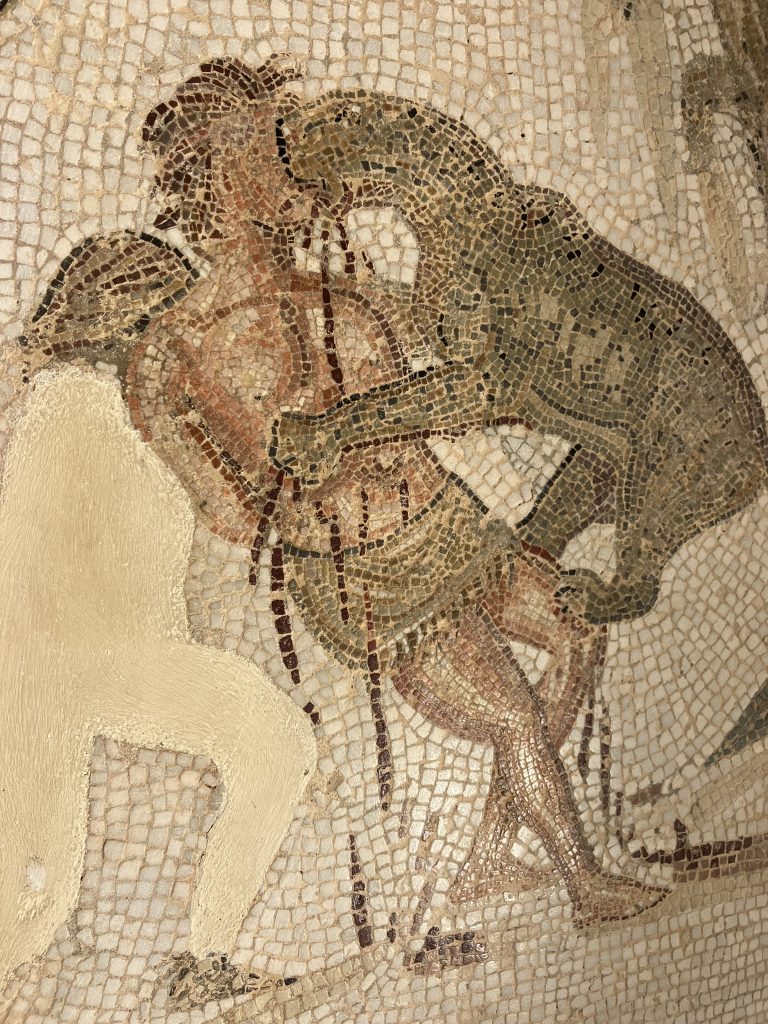
Recent Comments